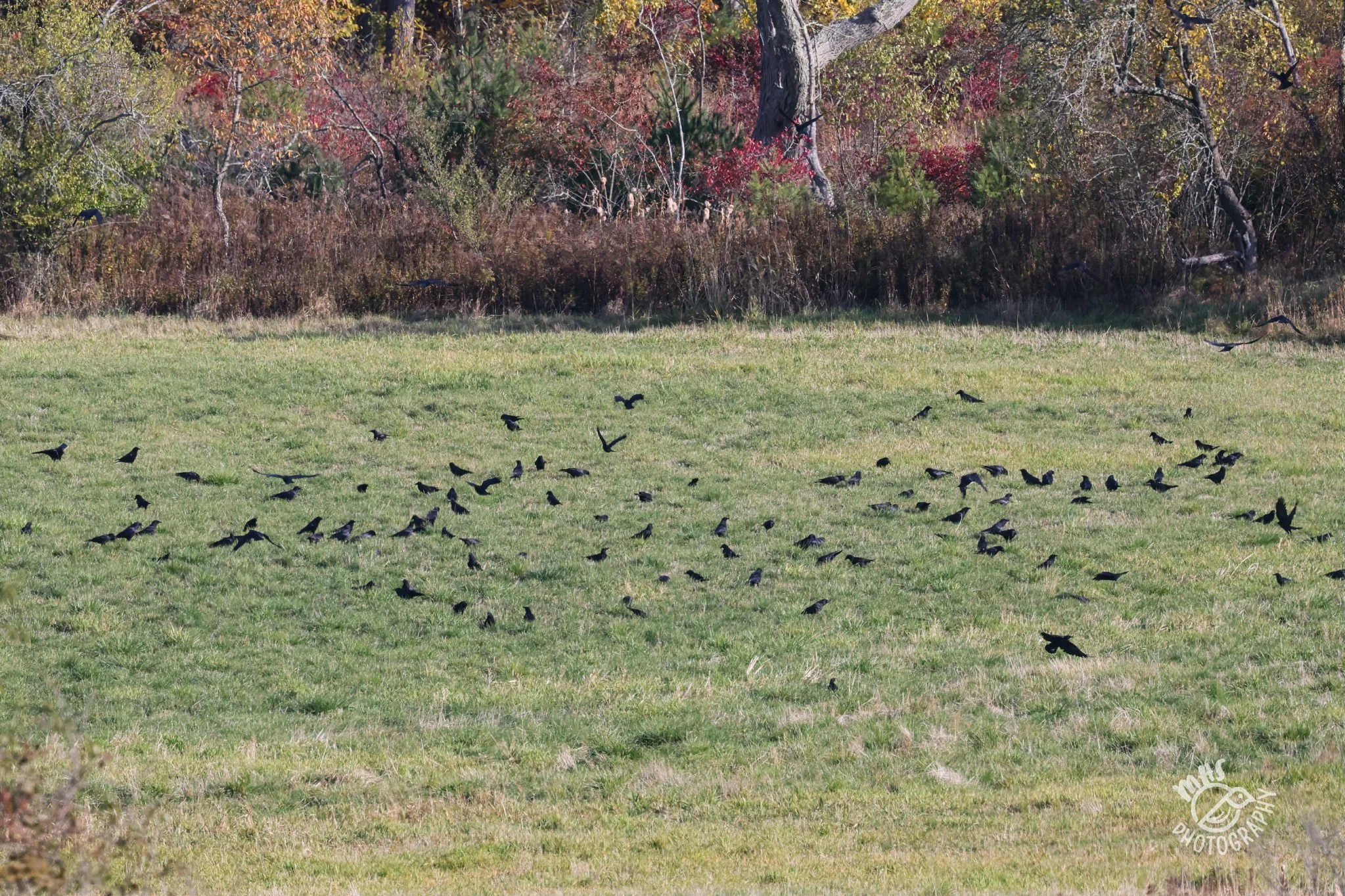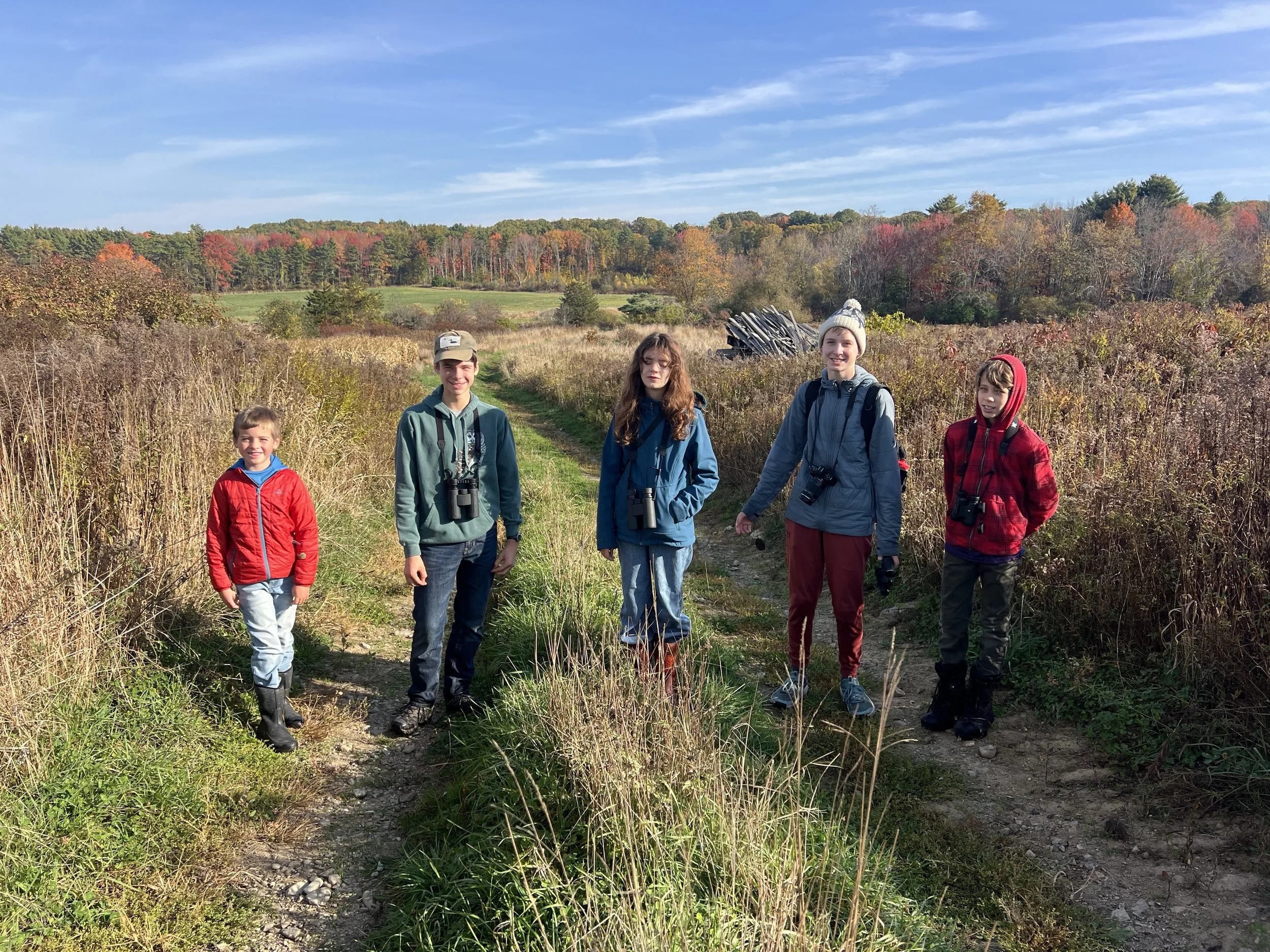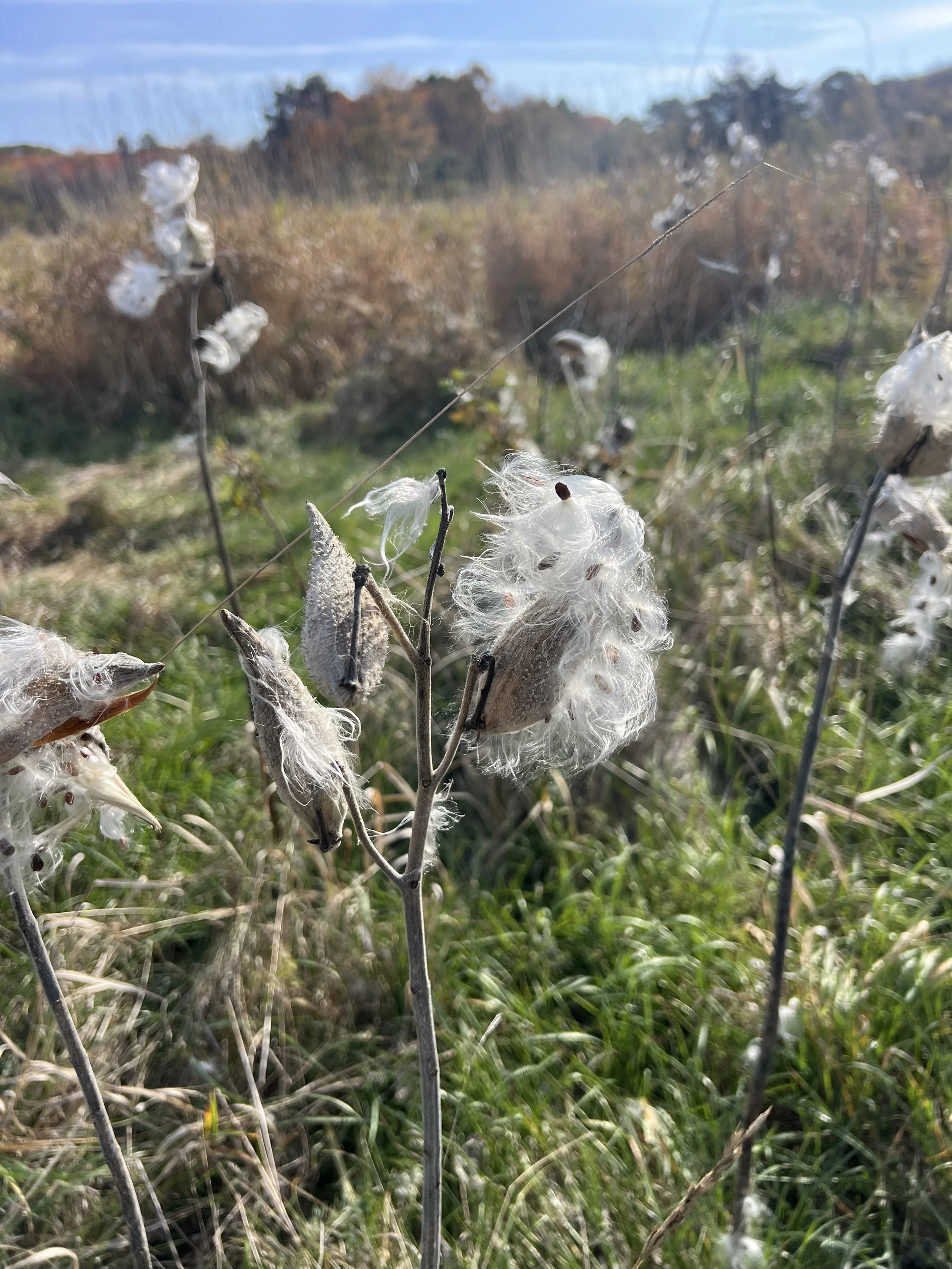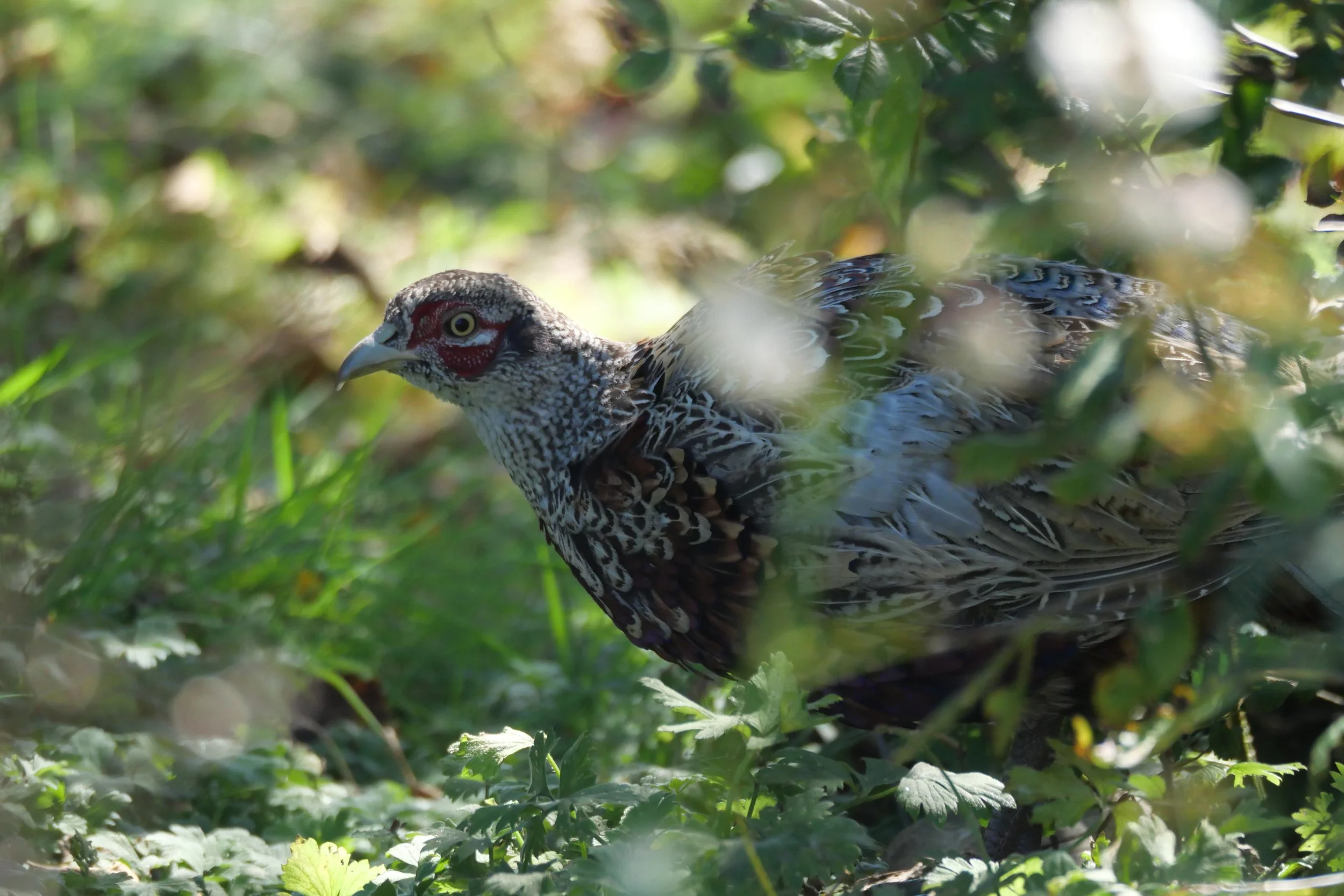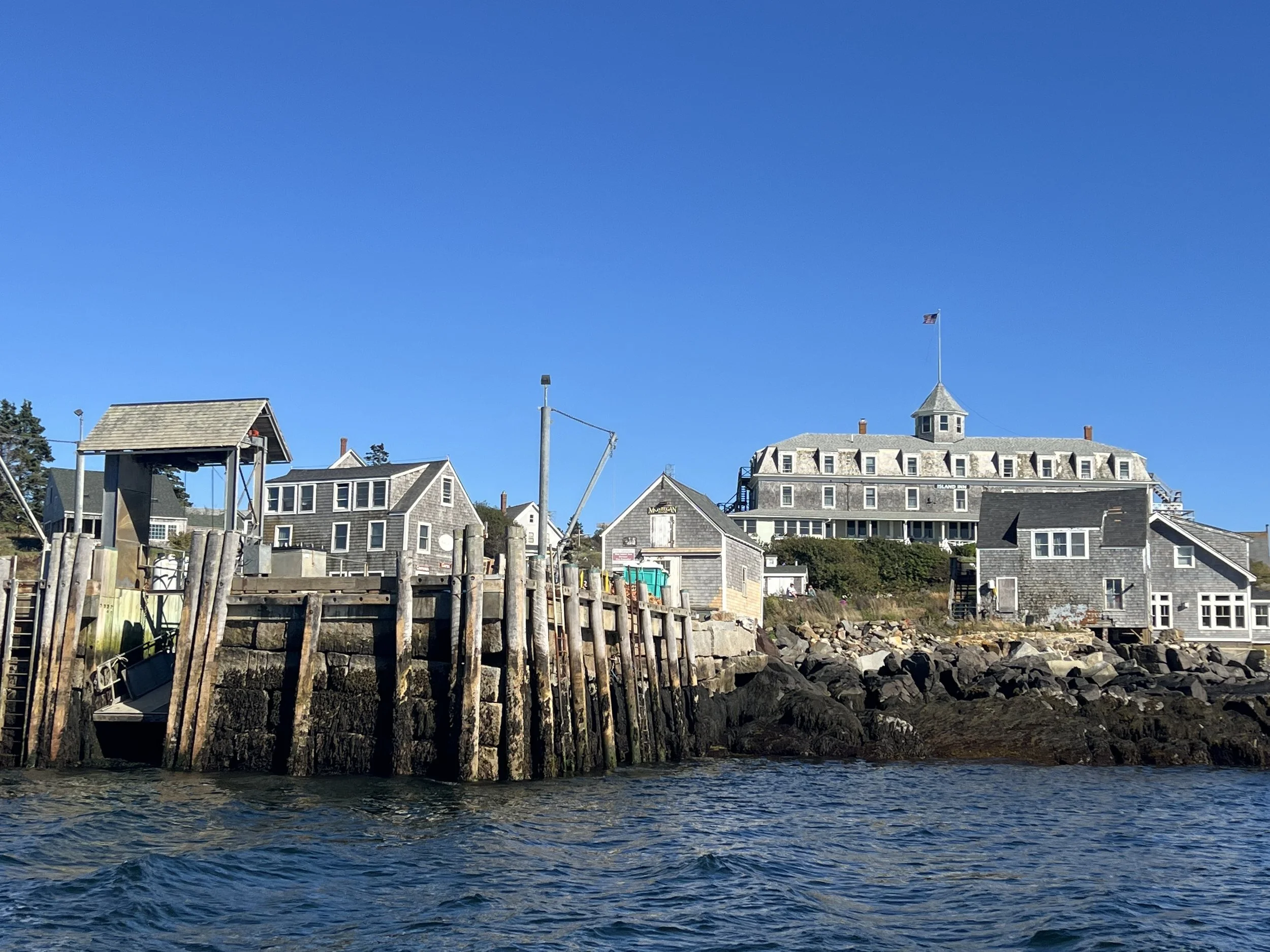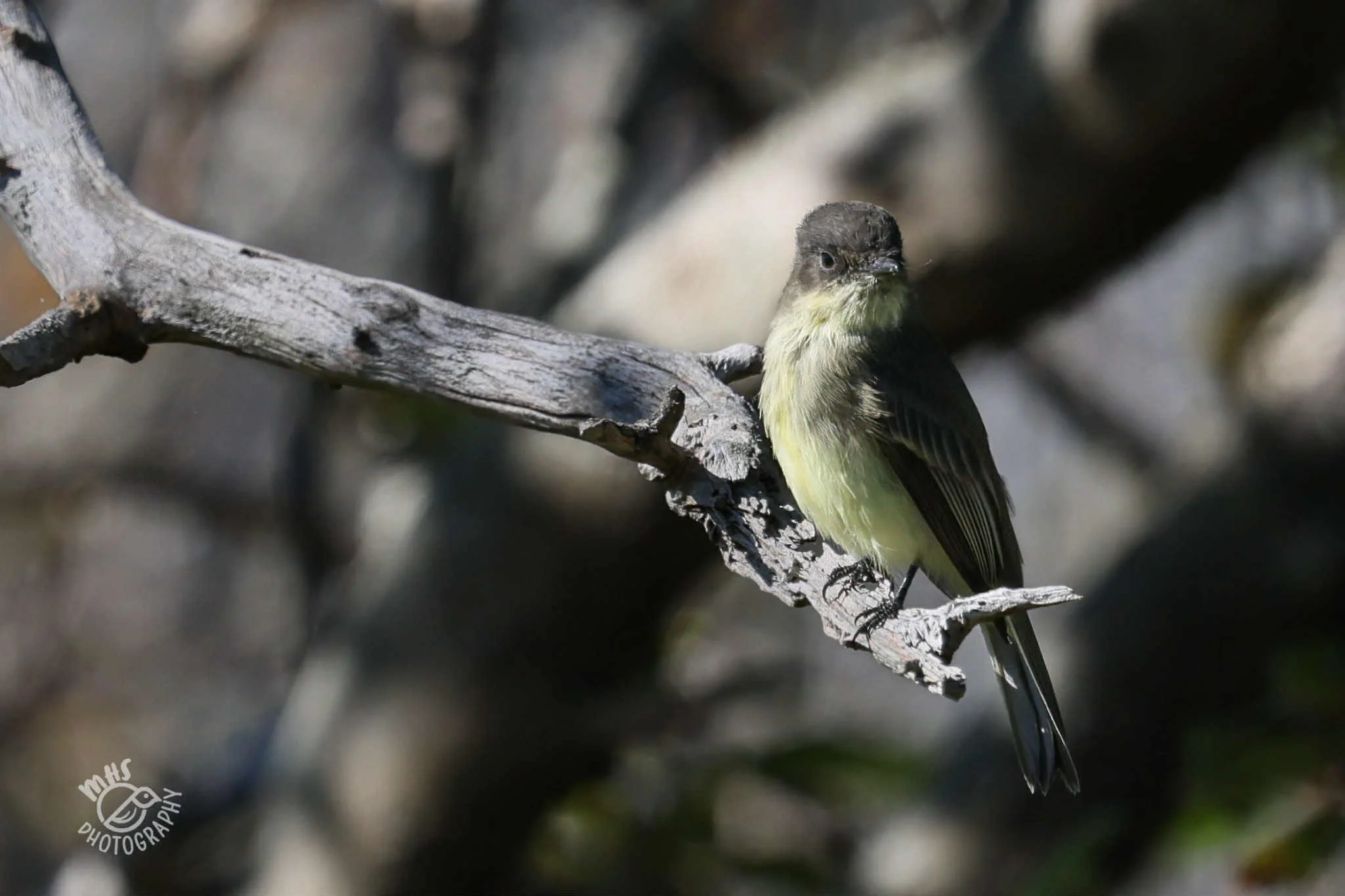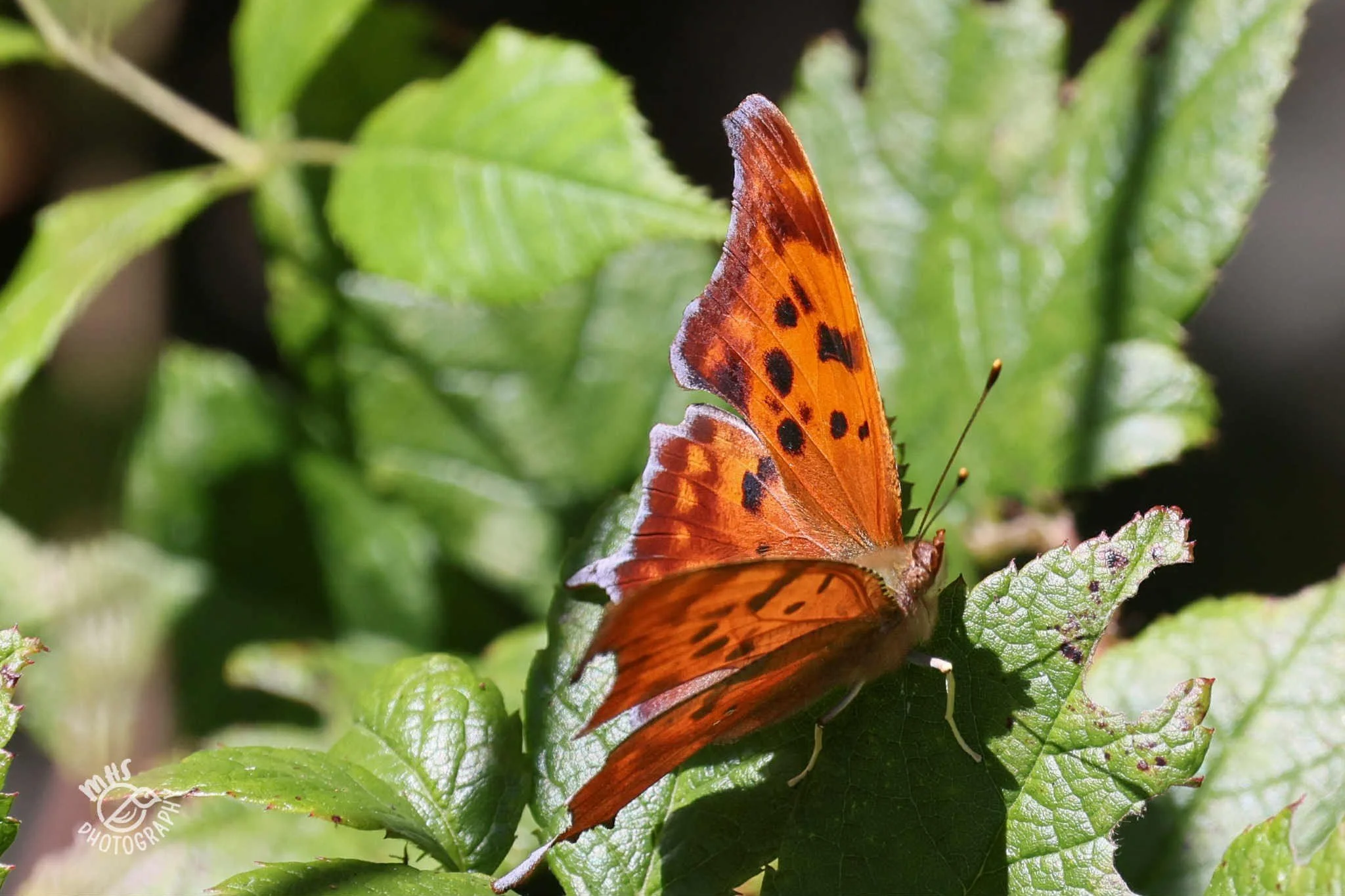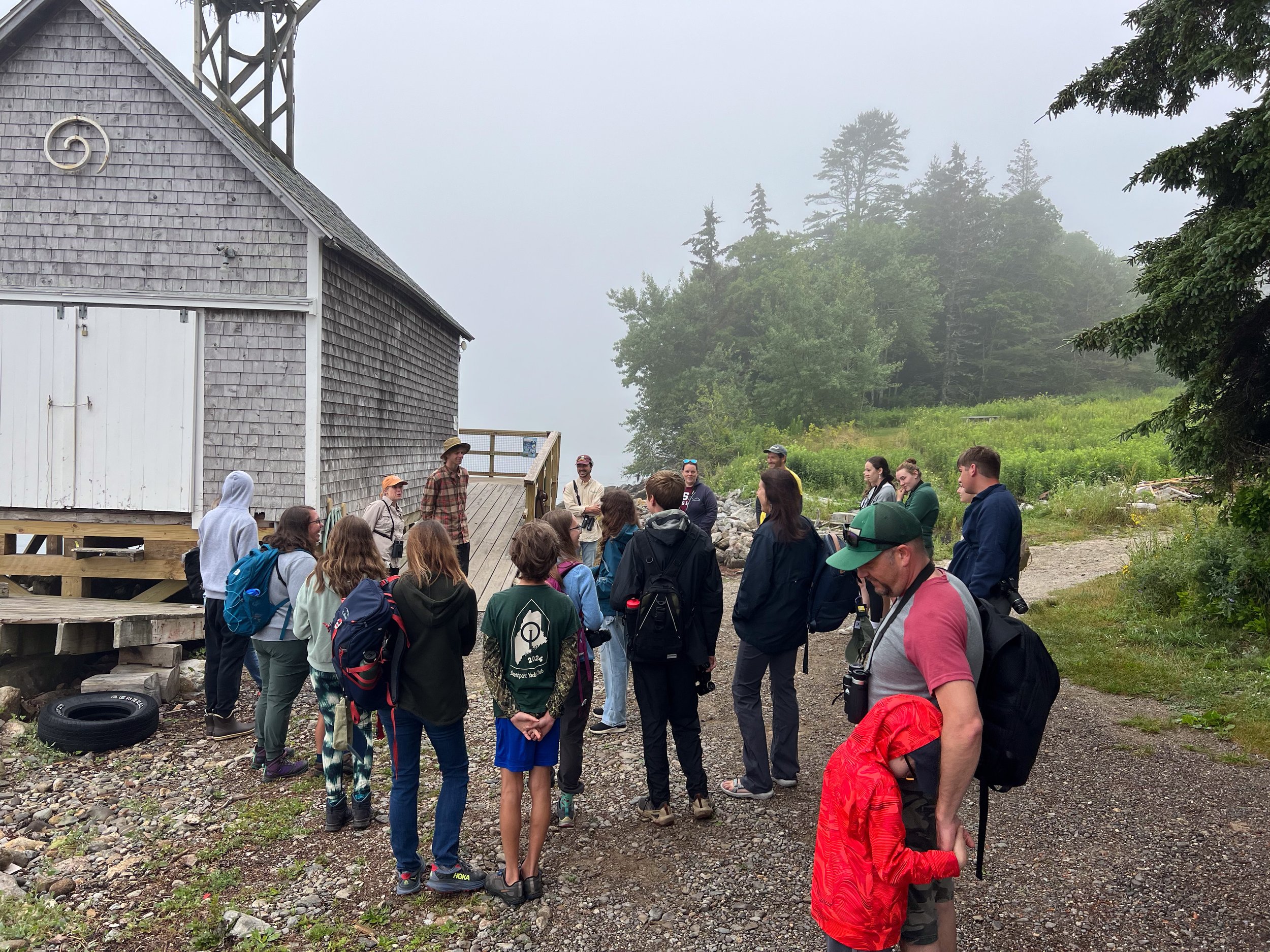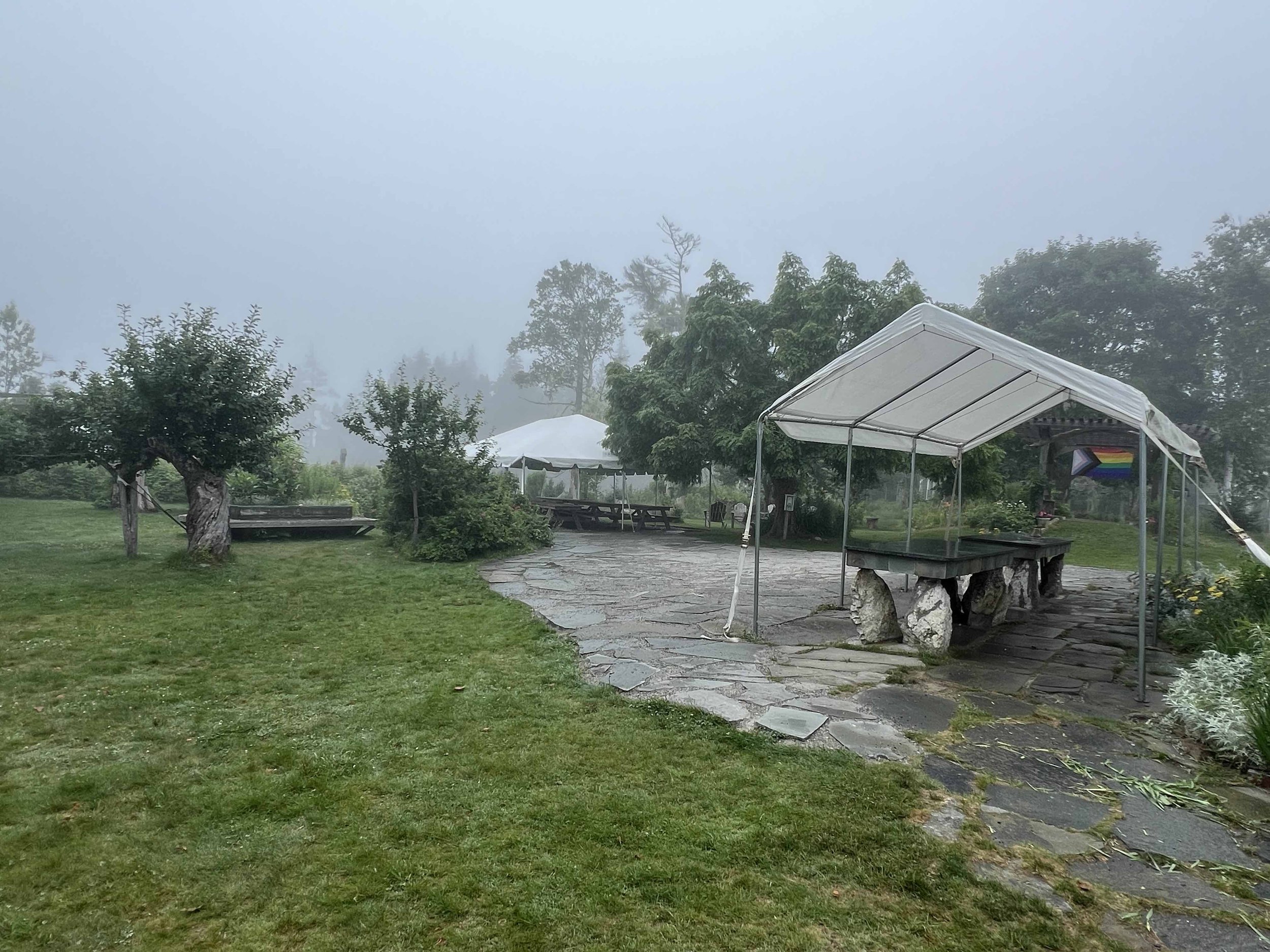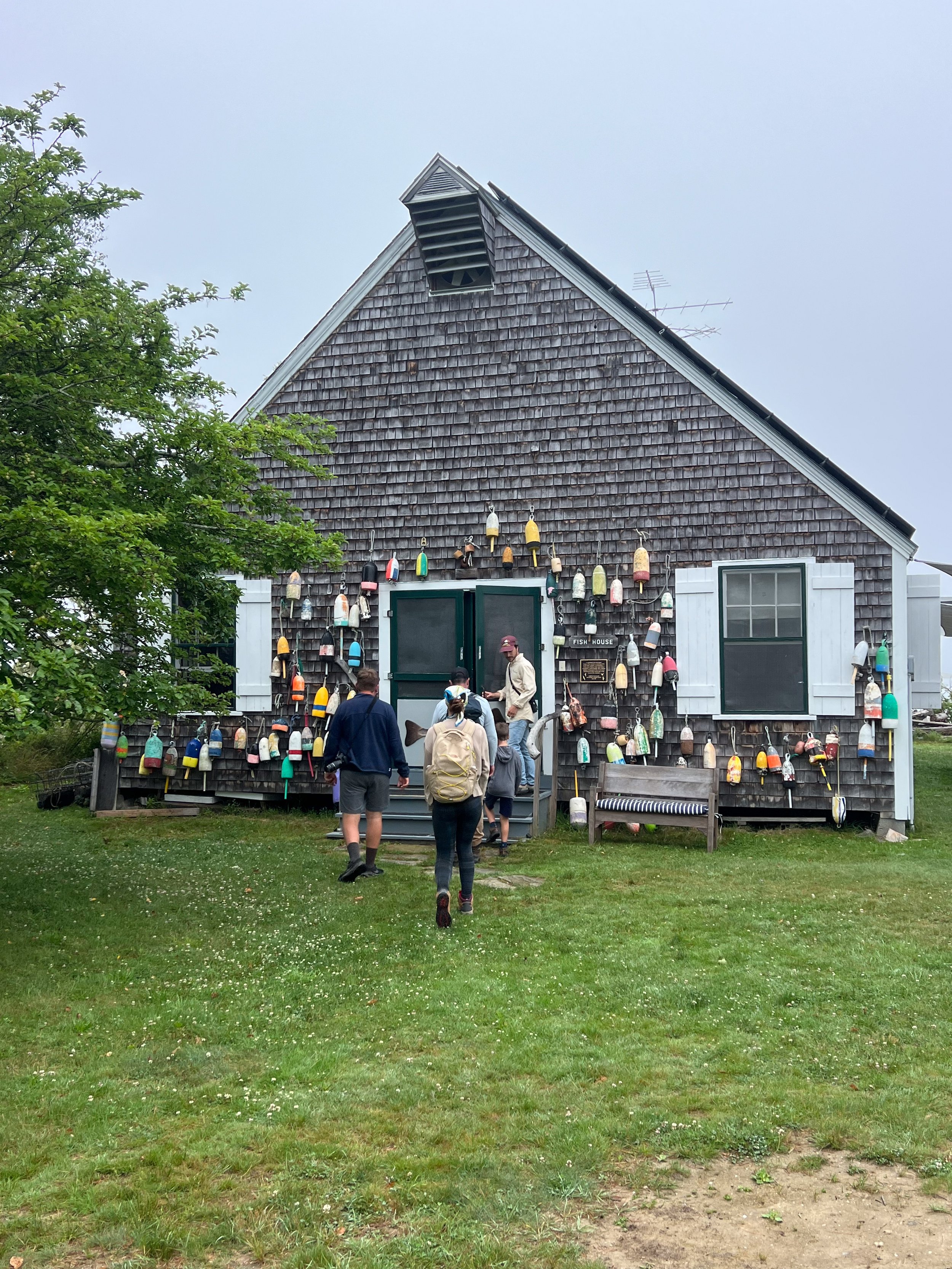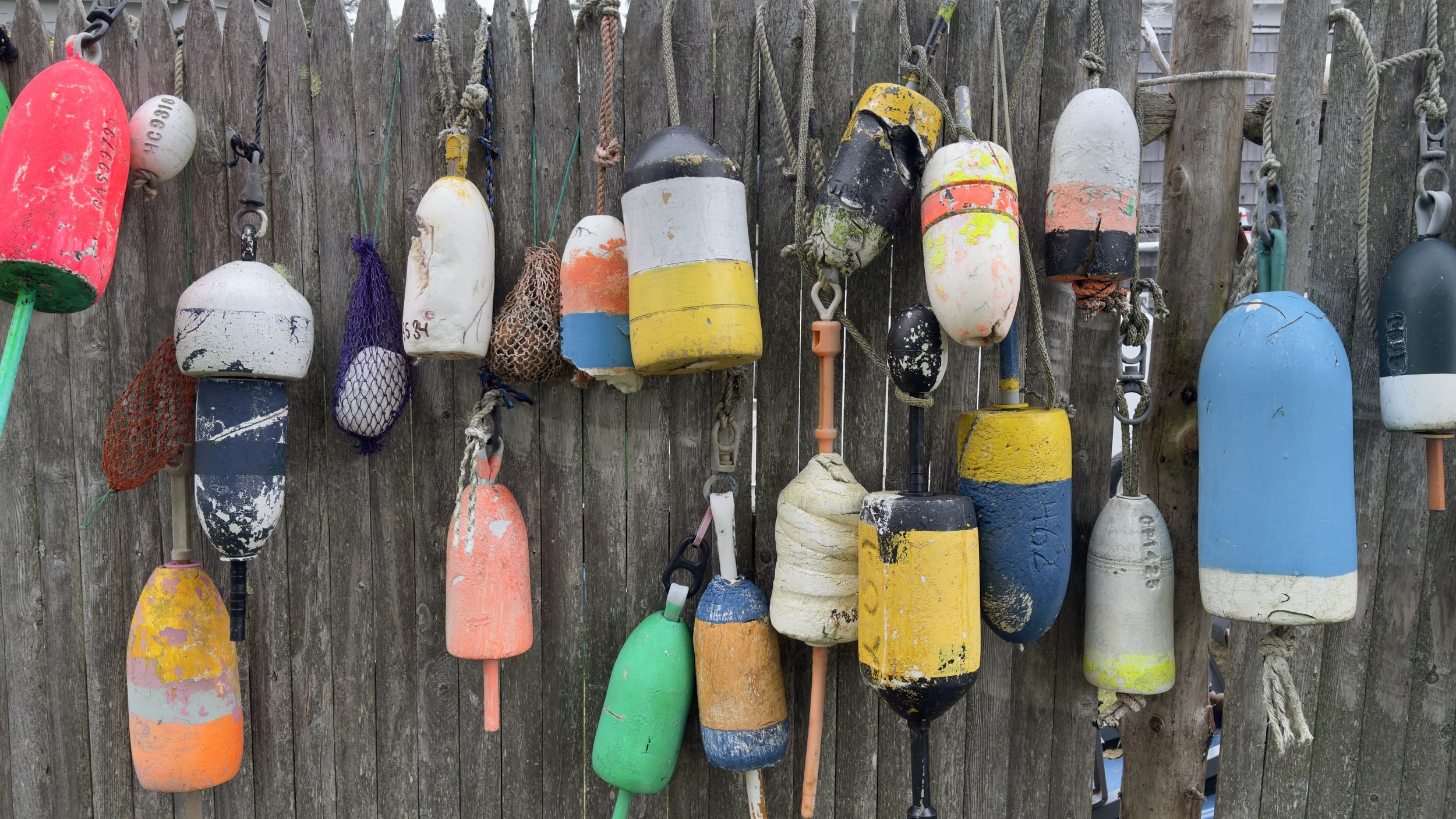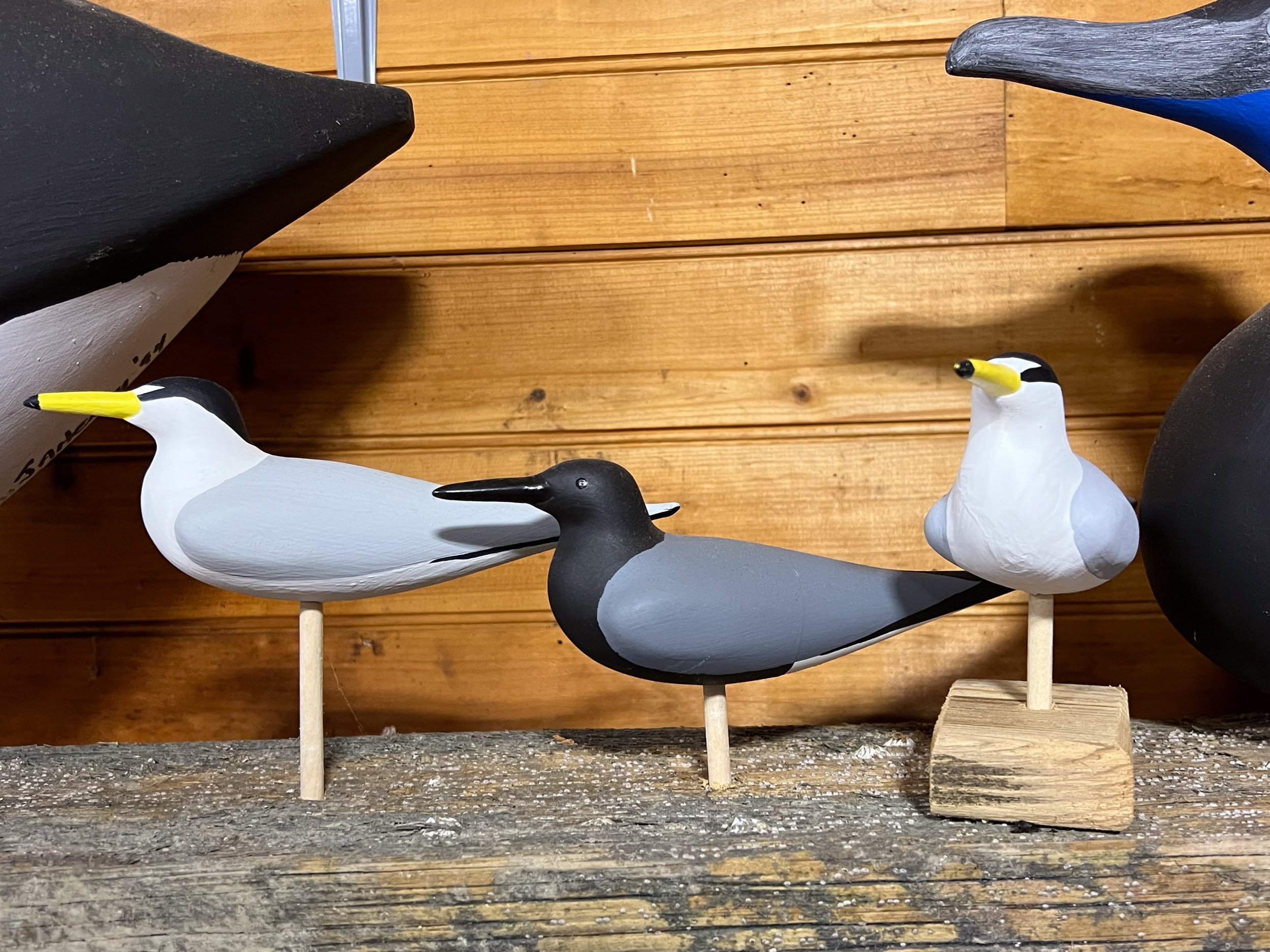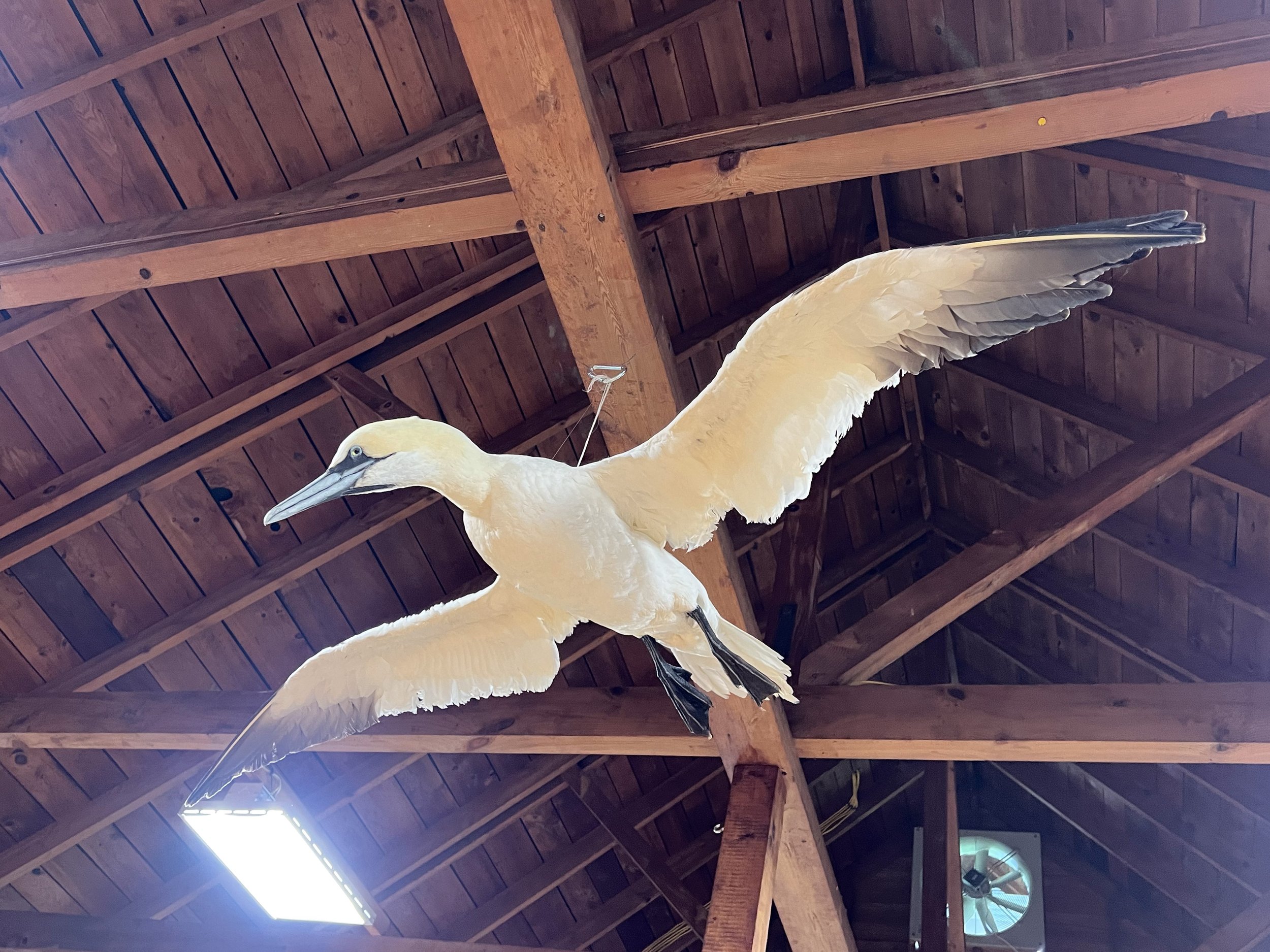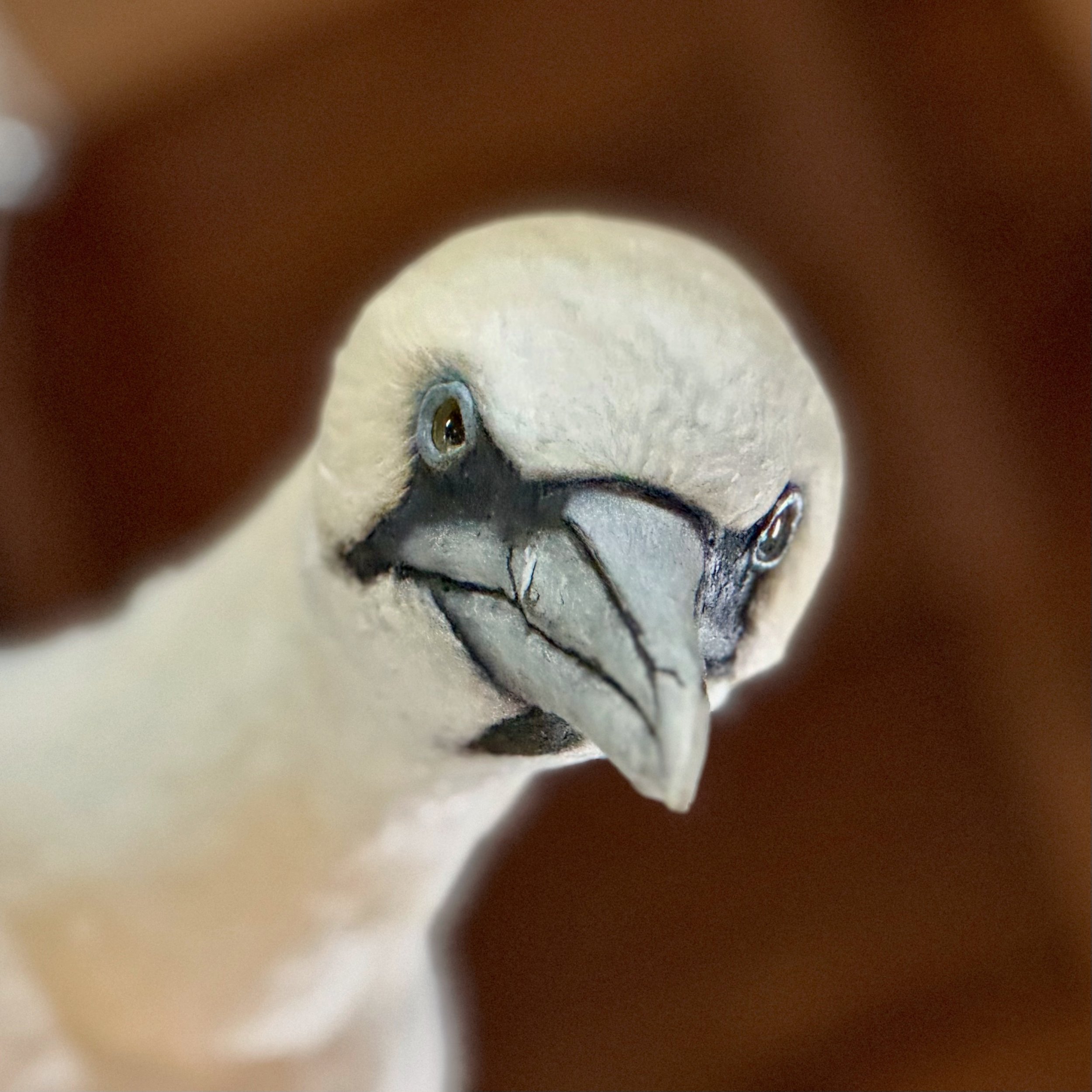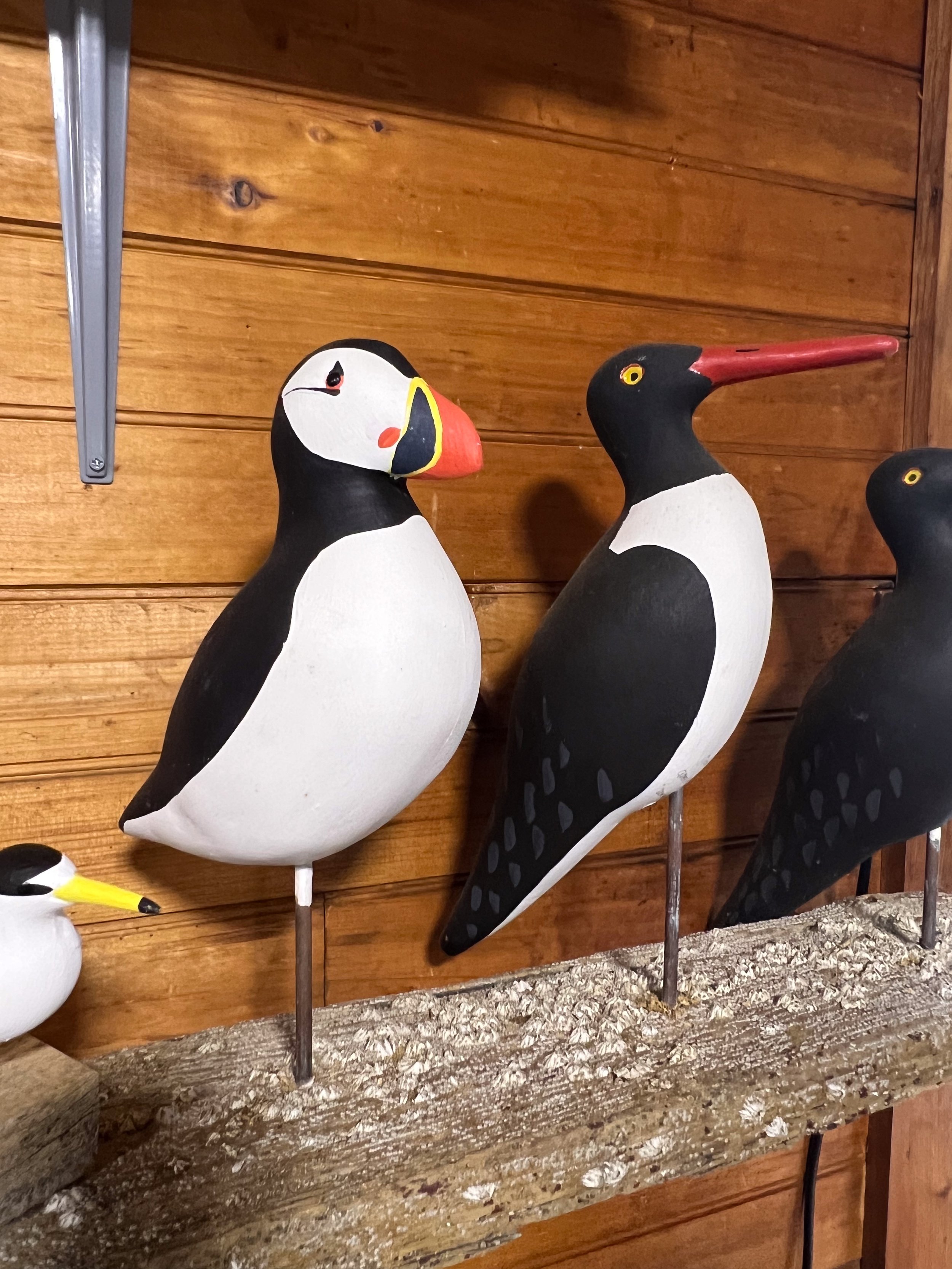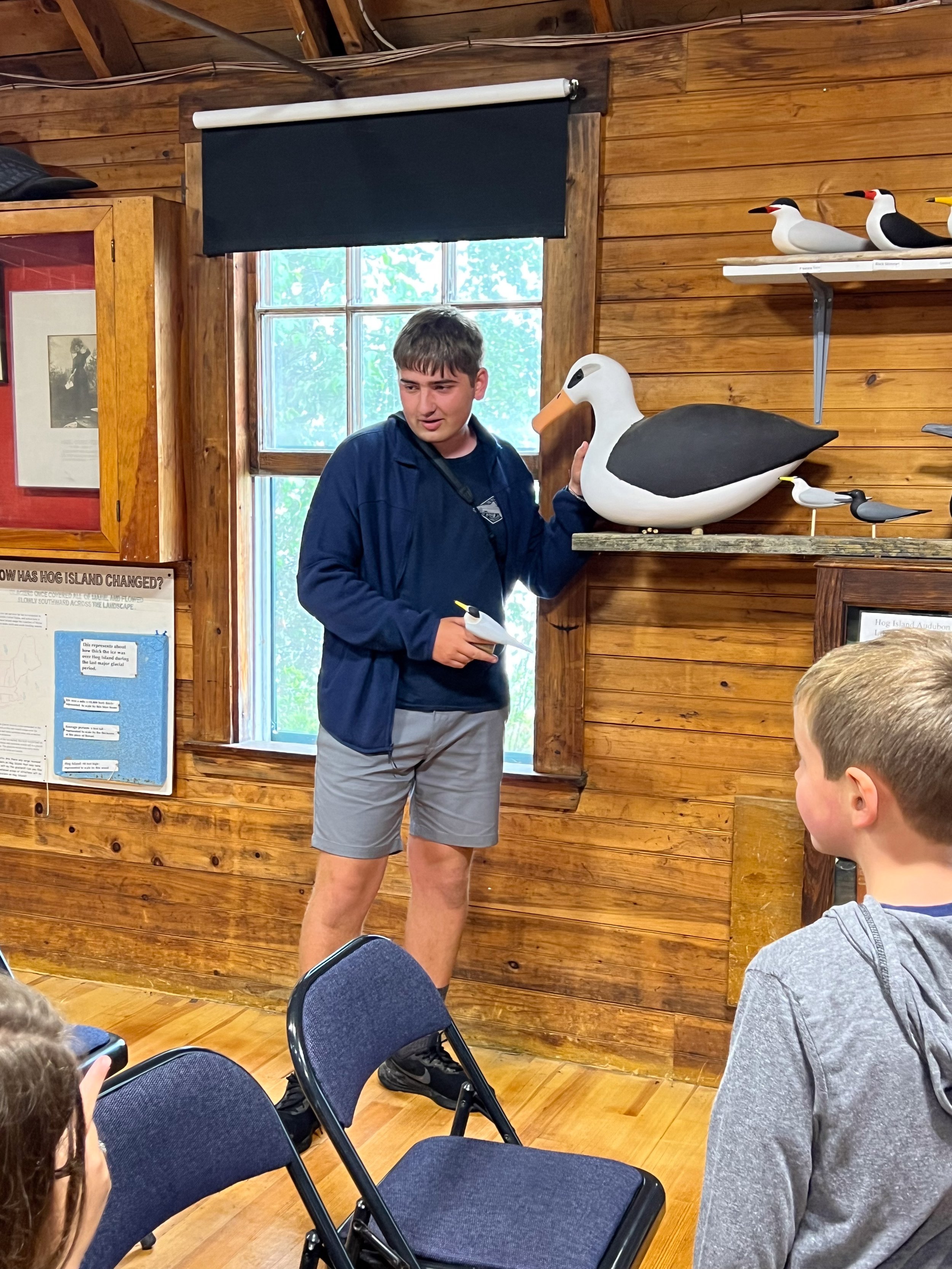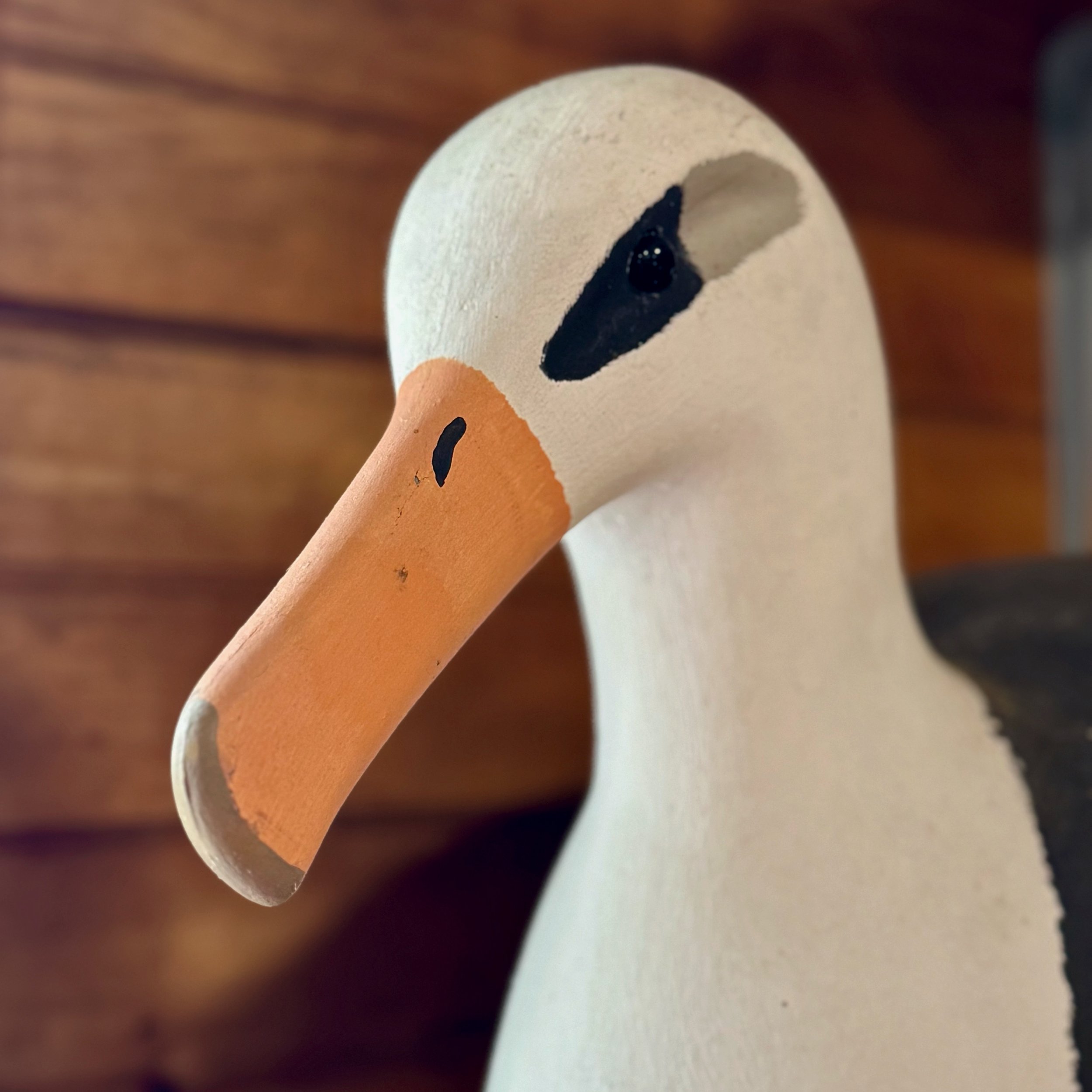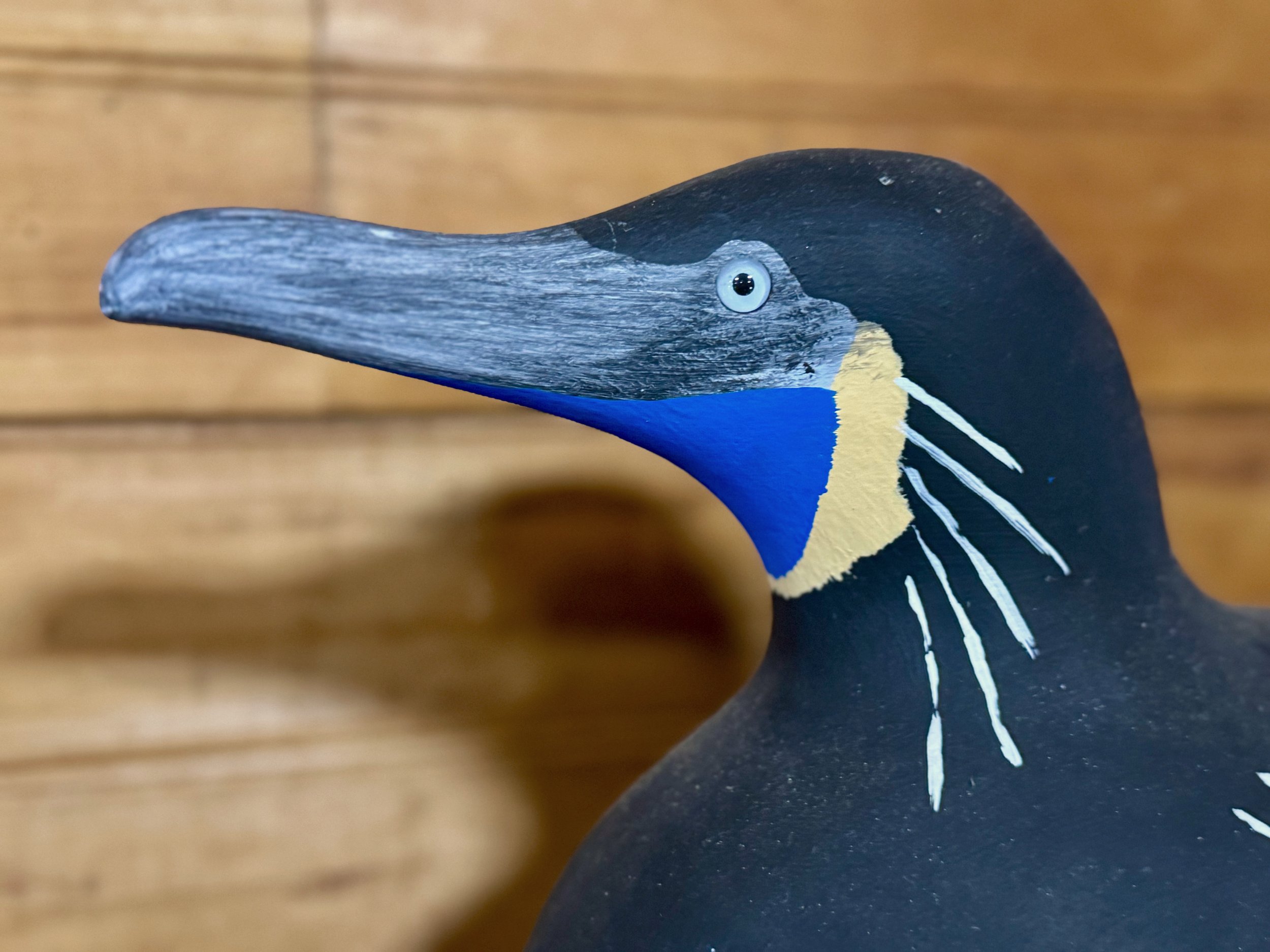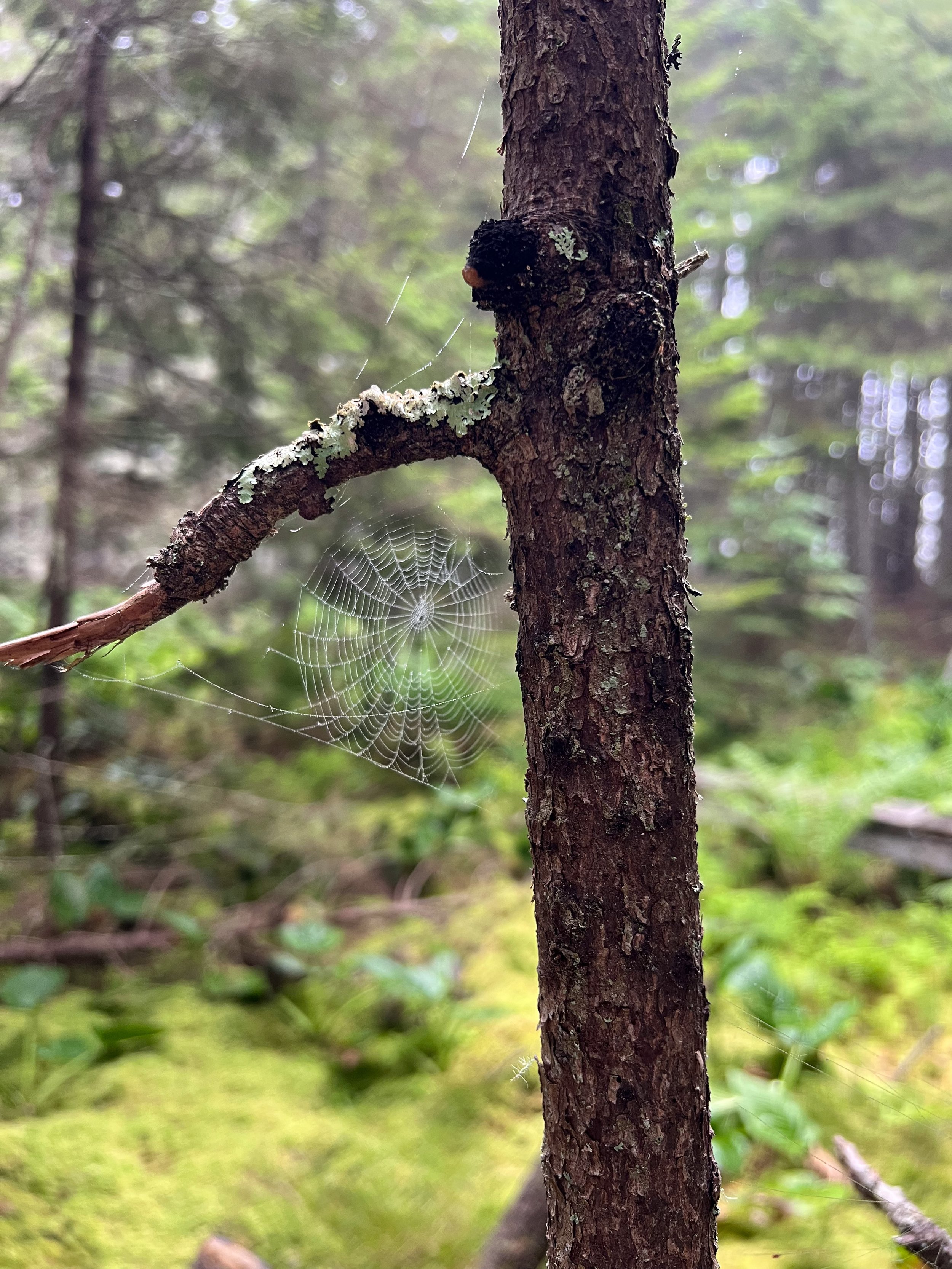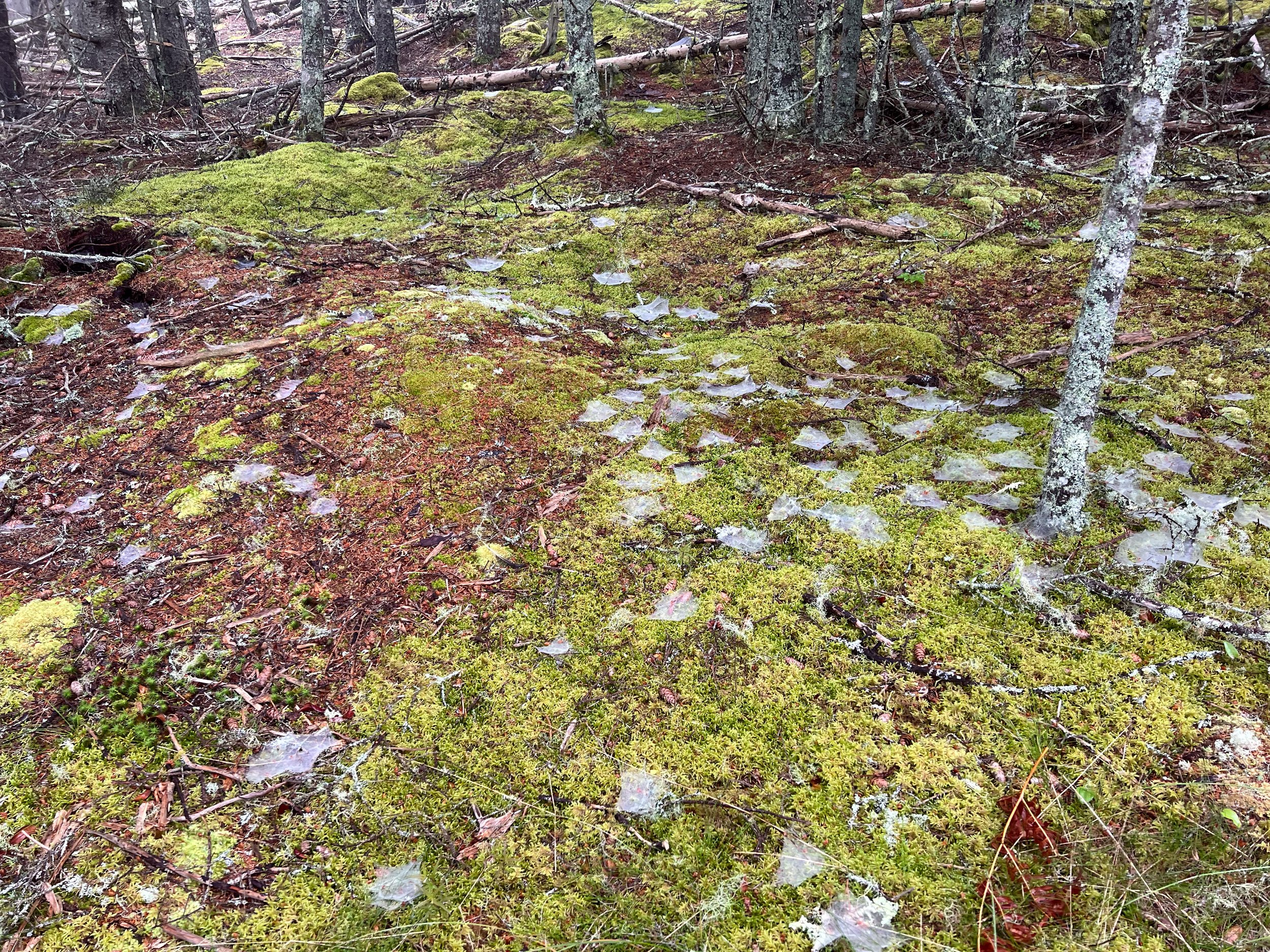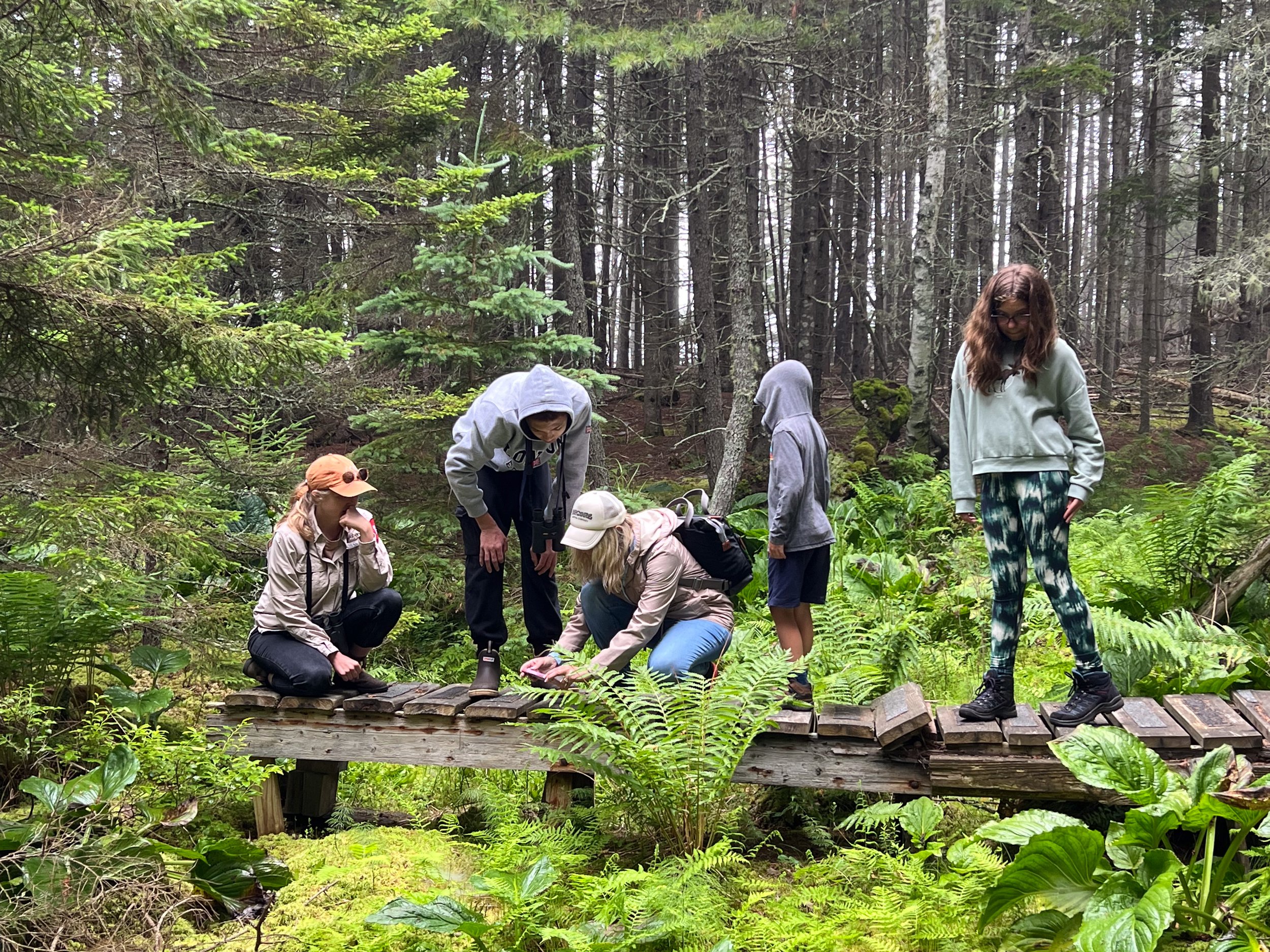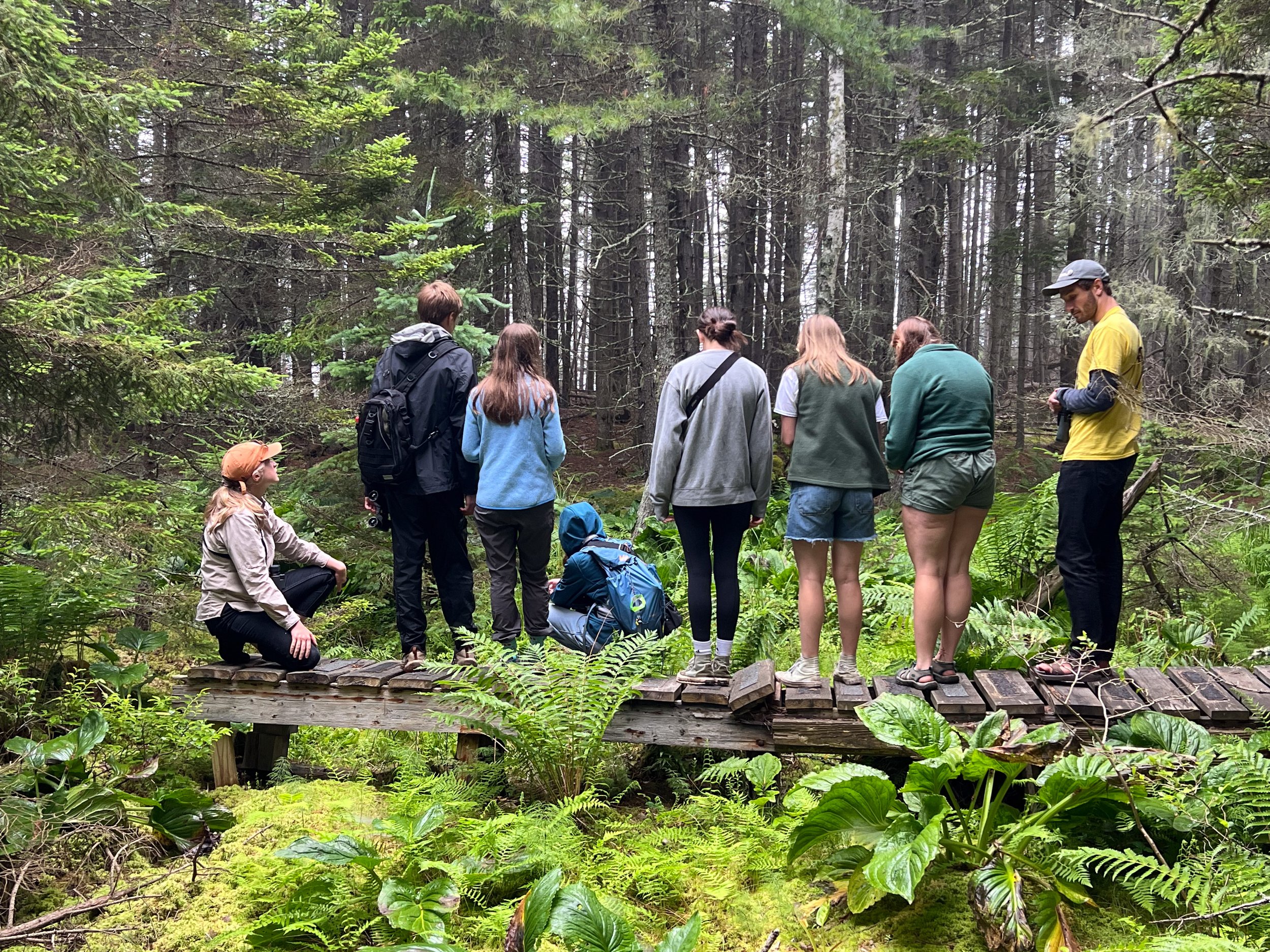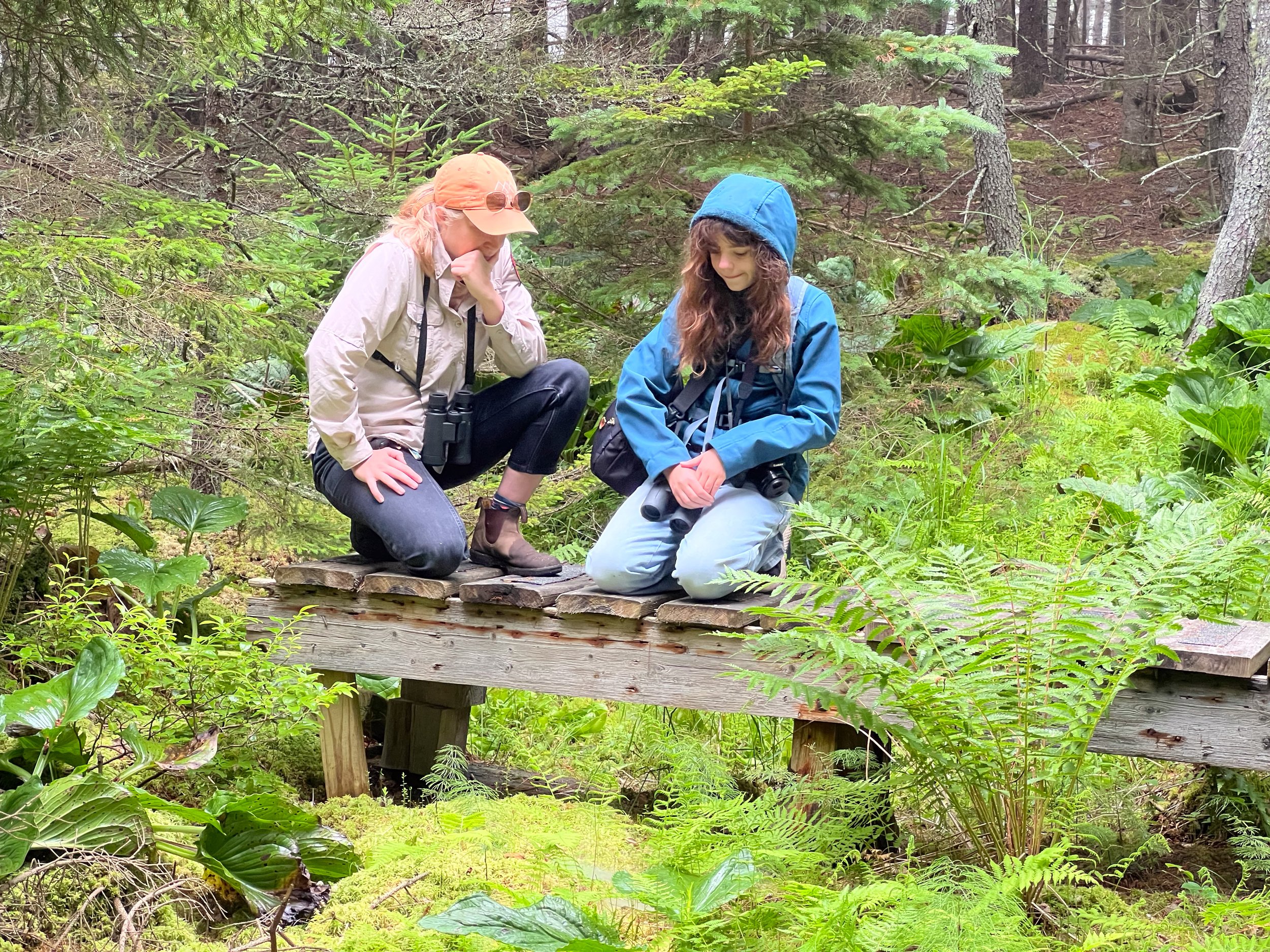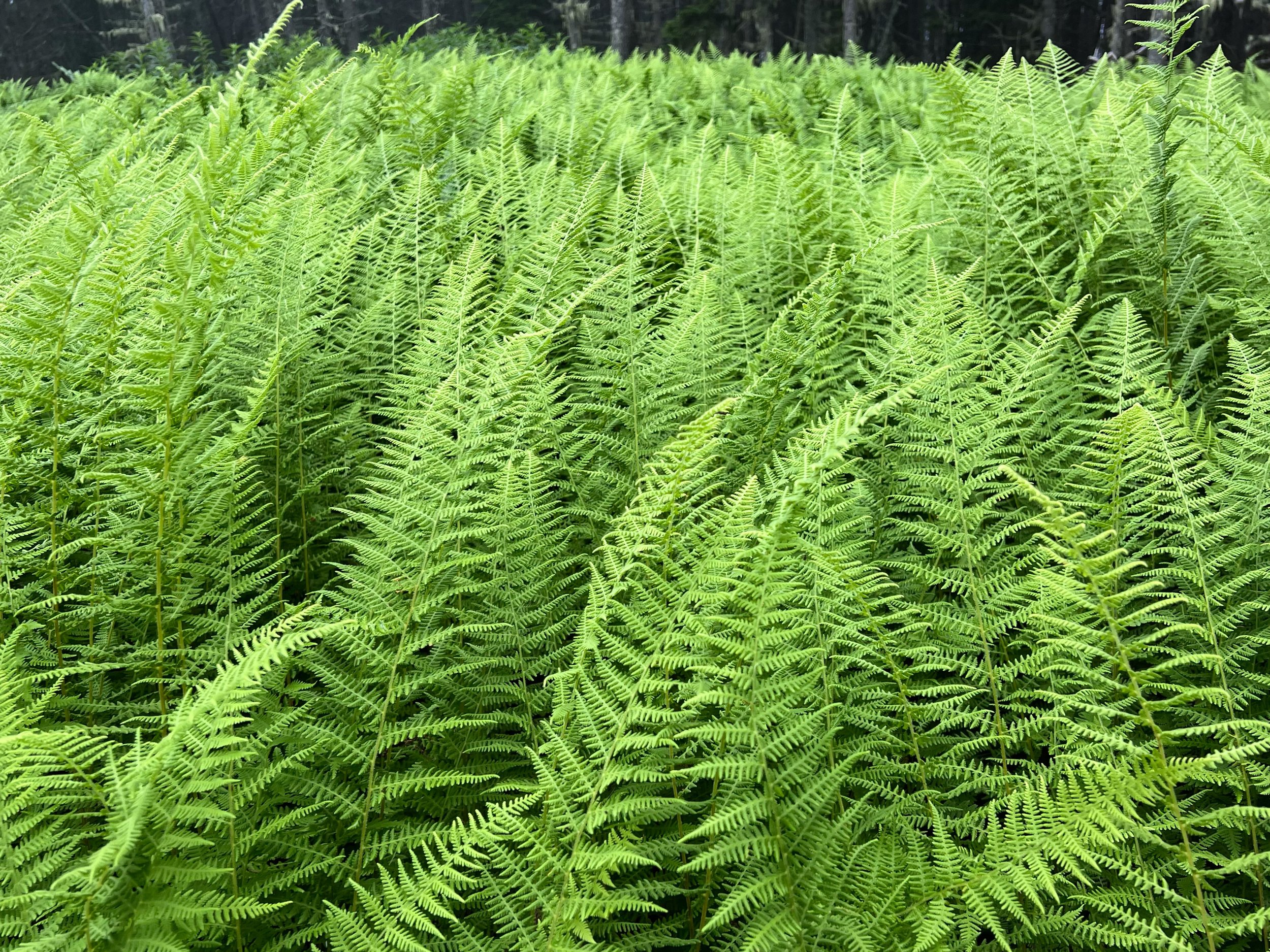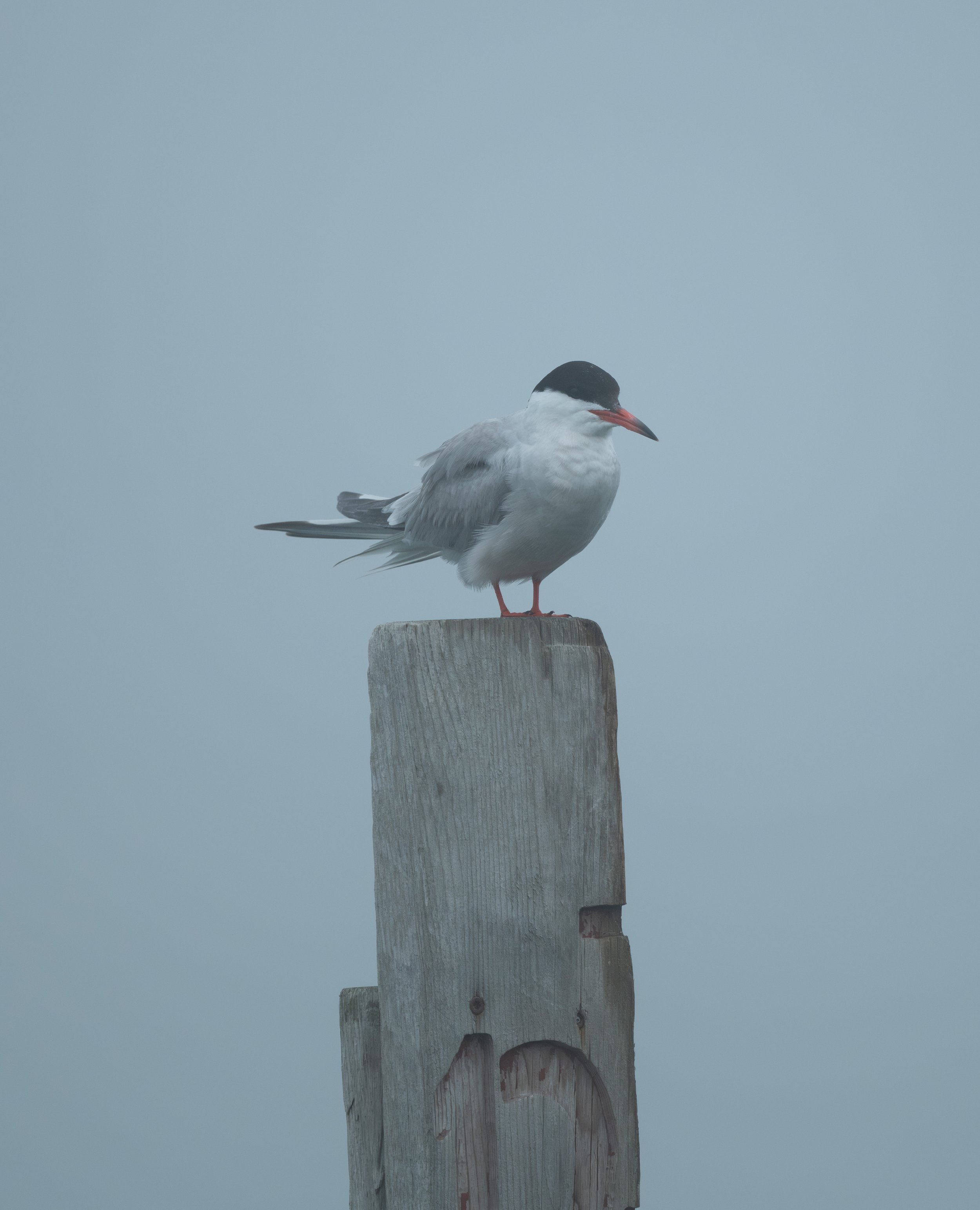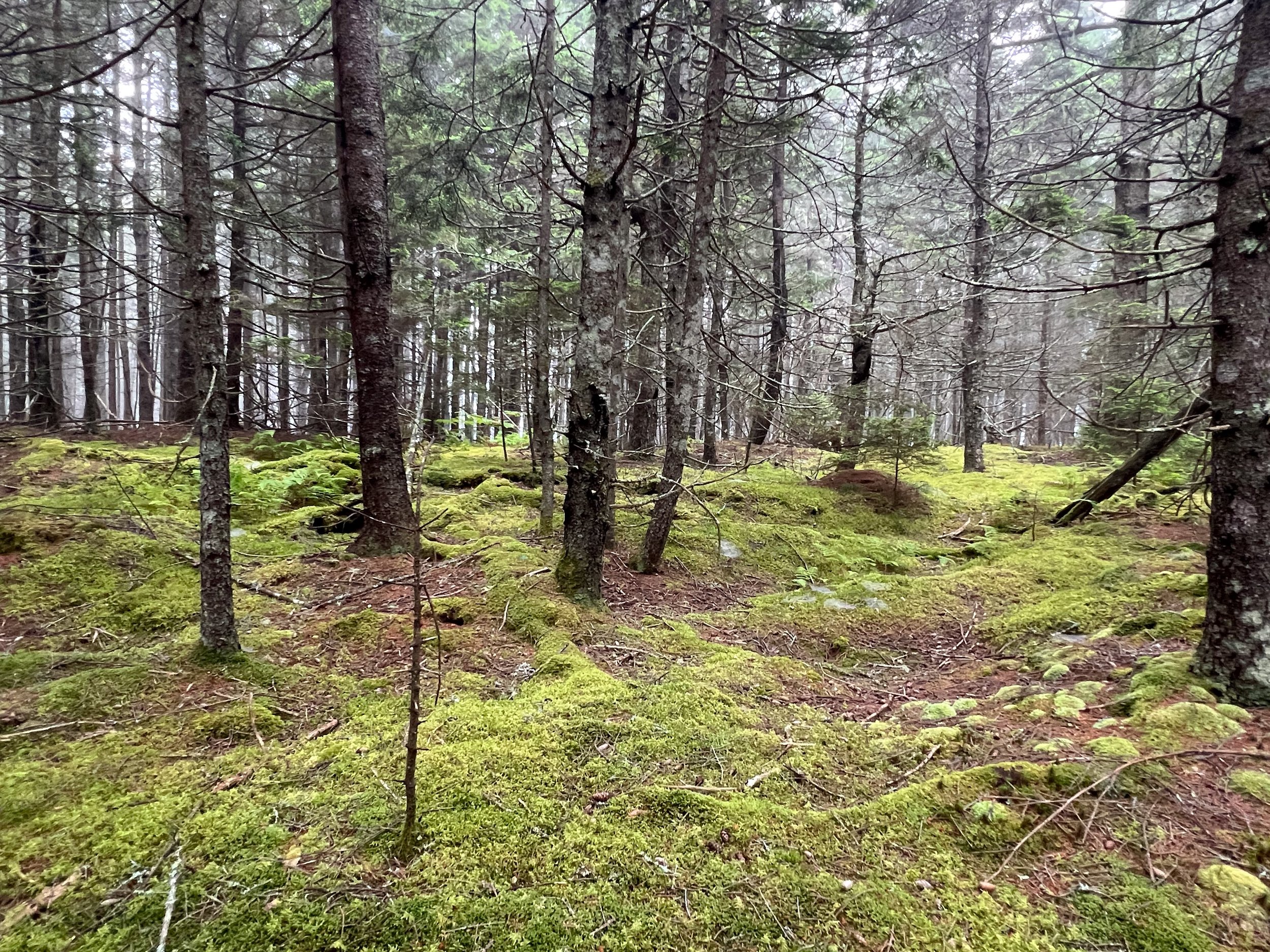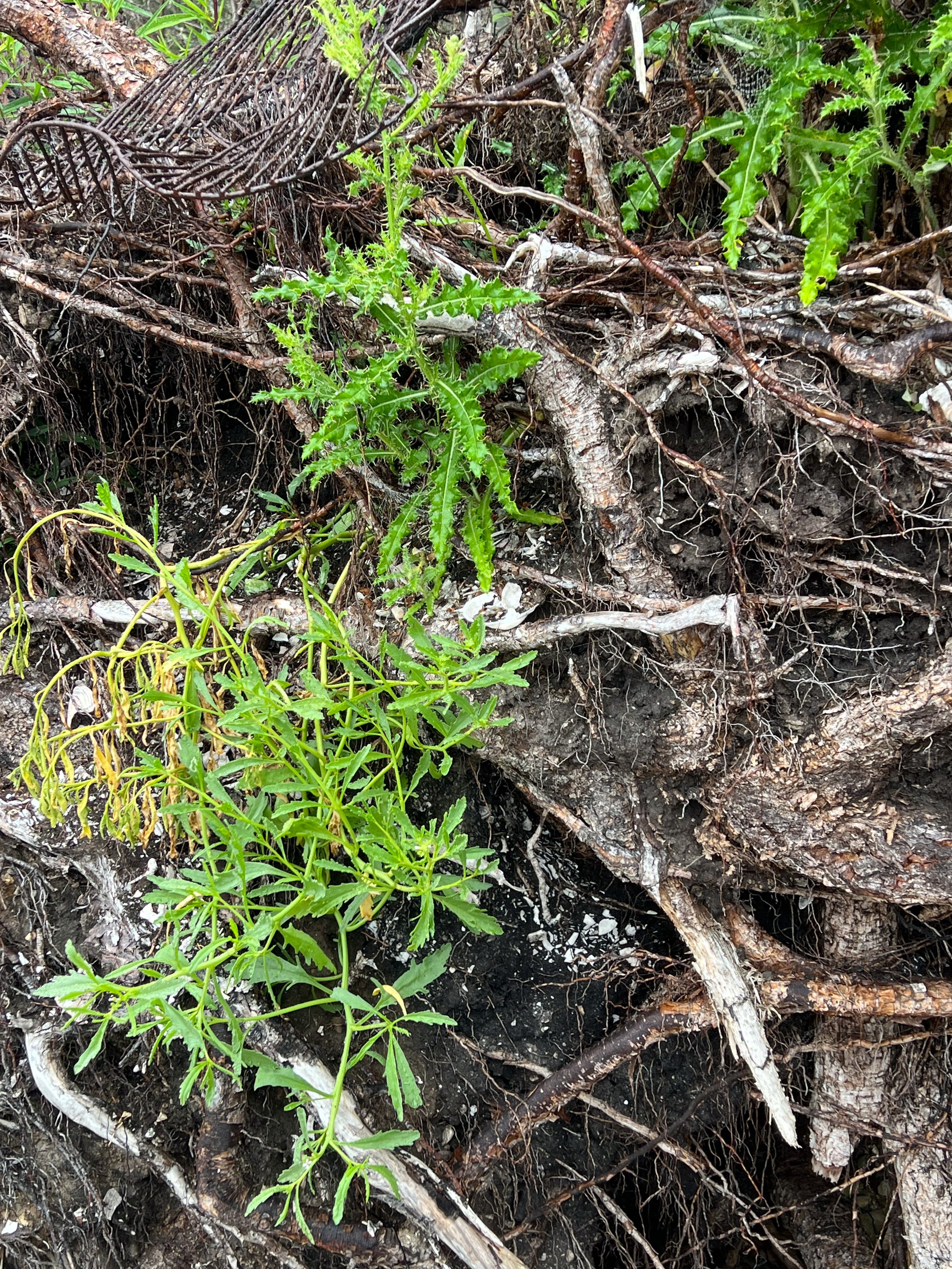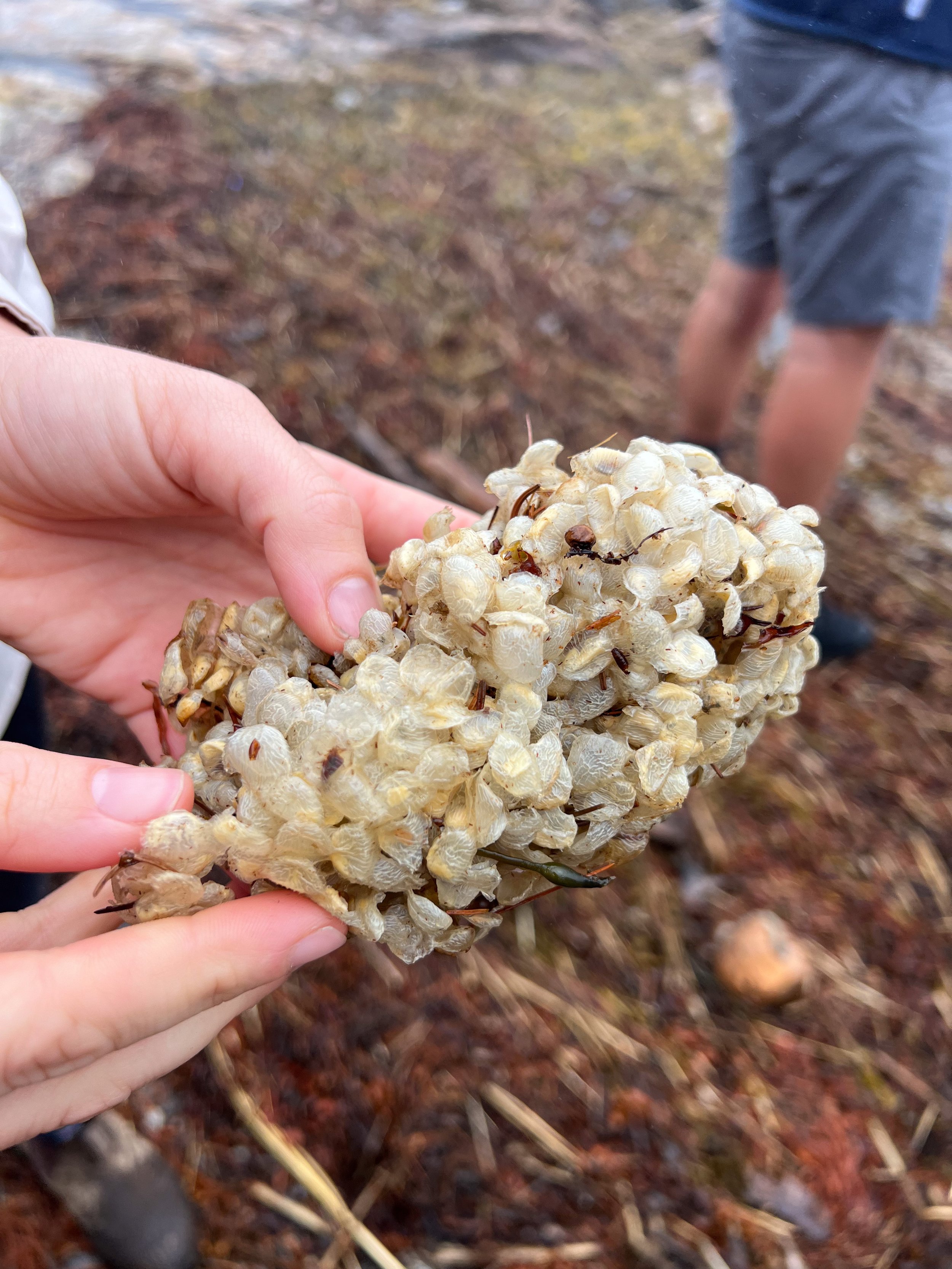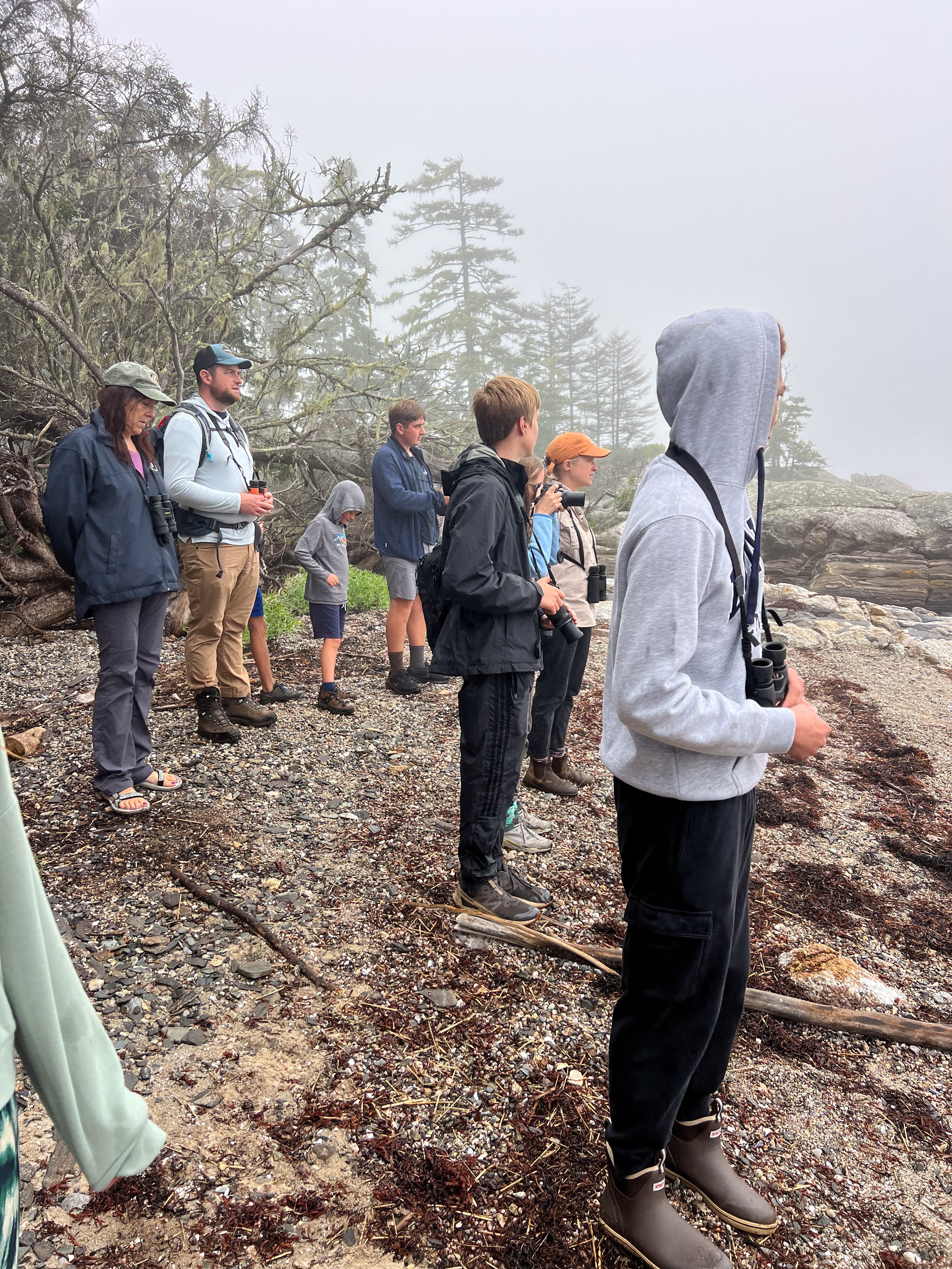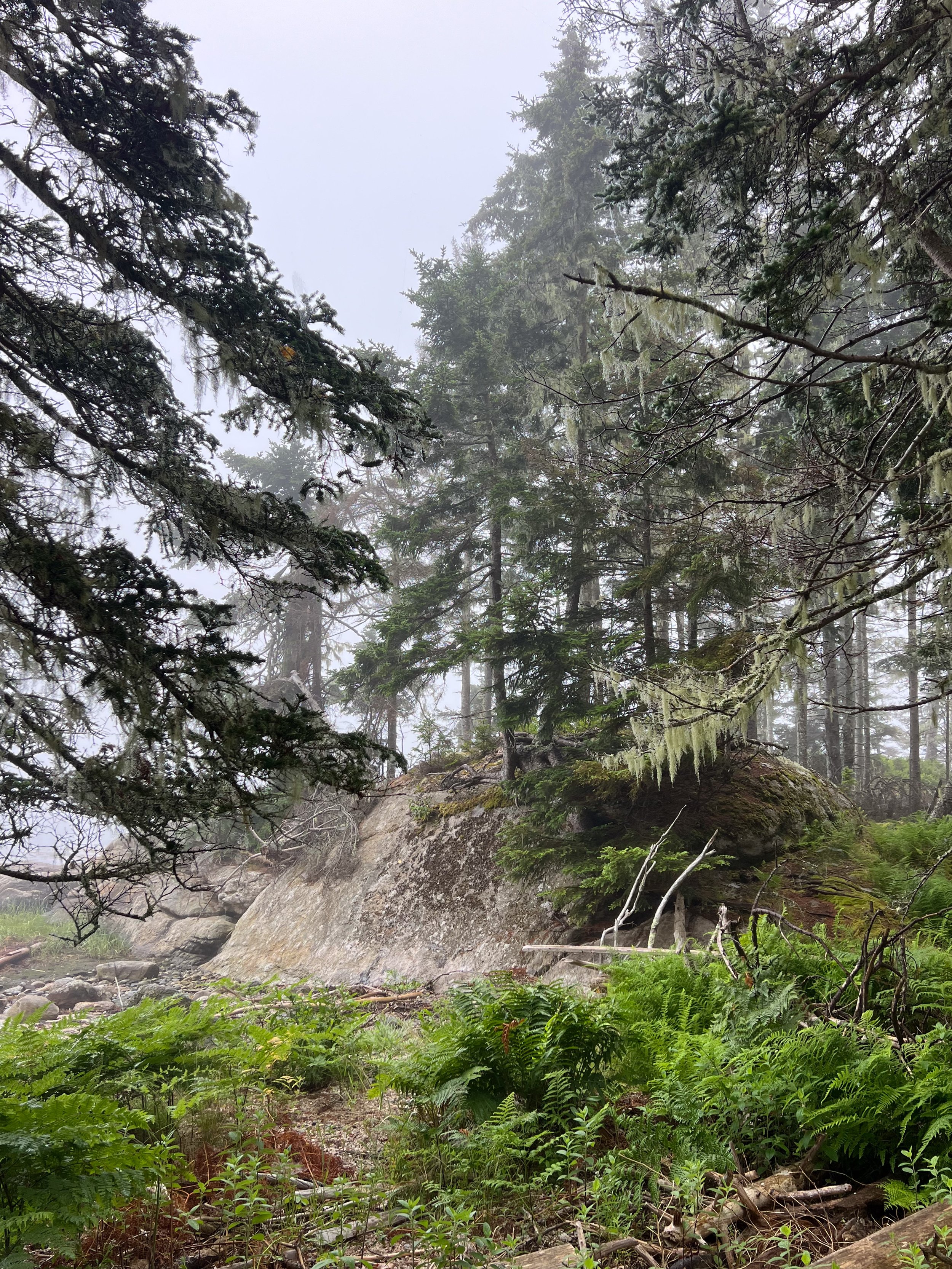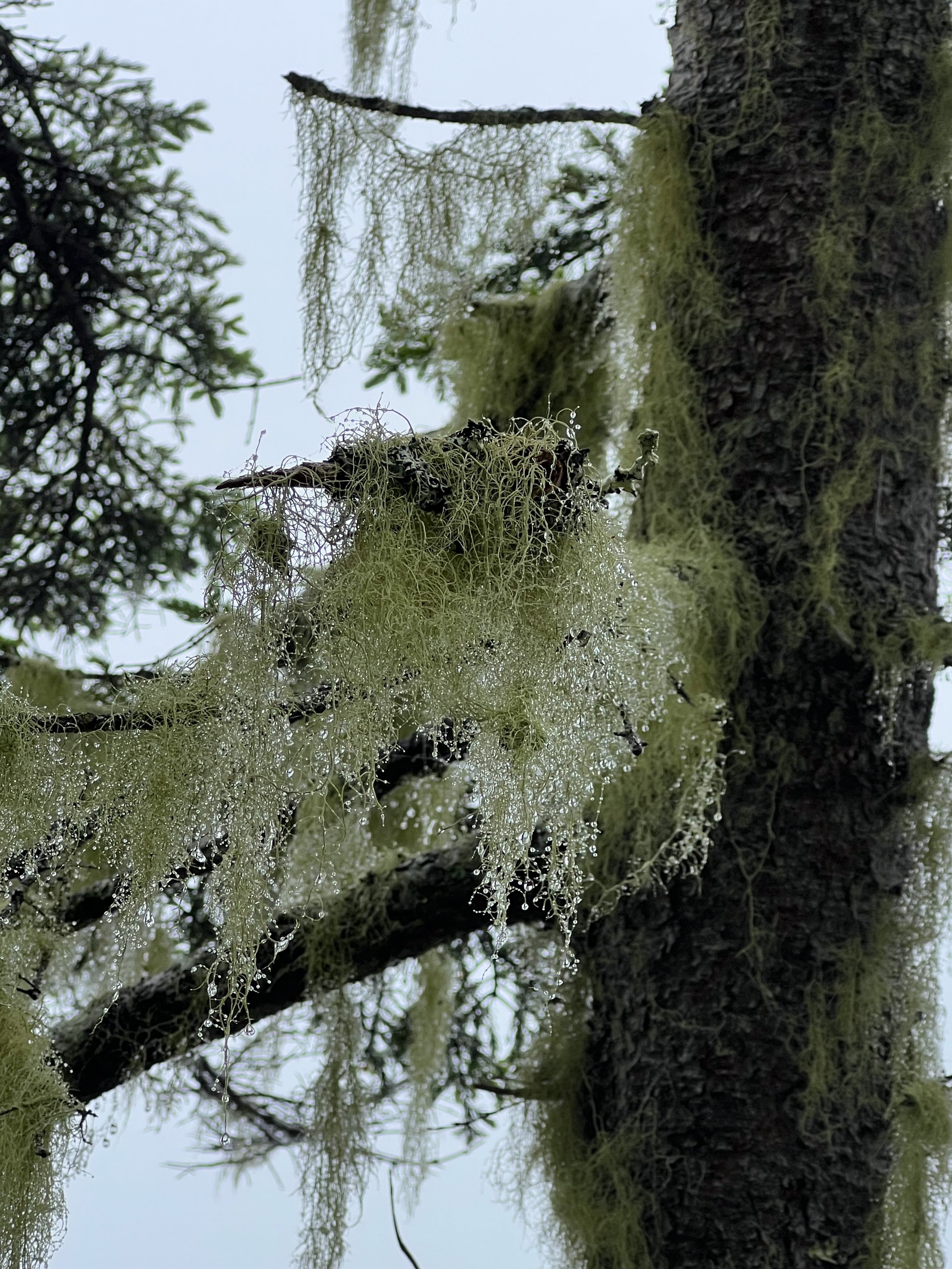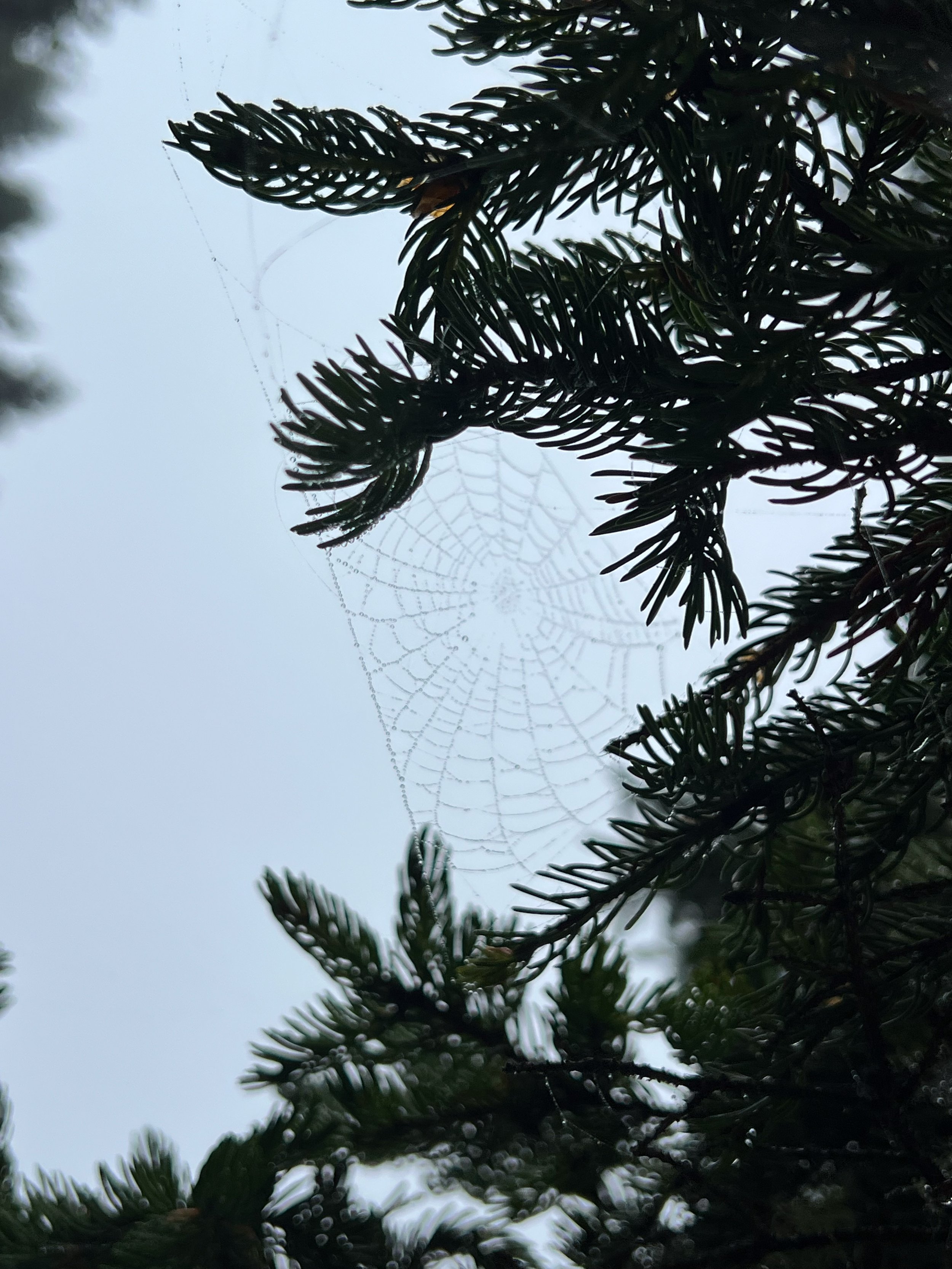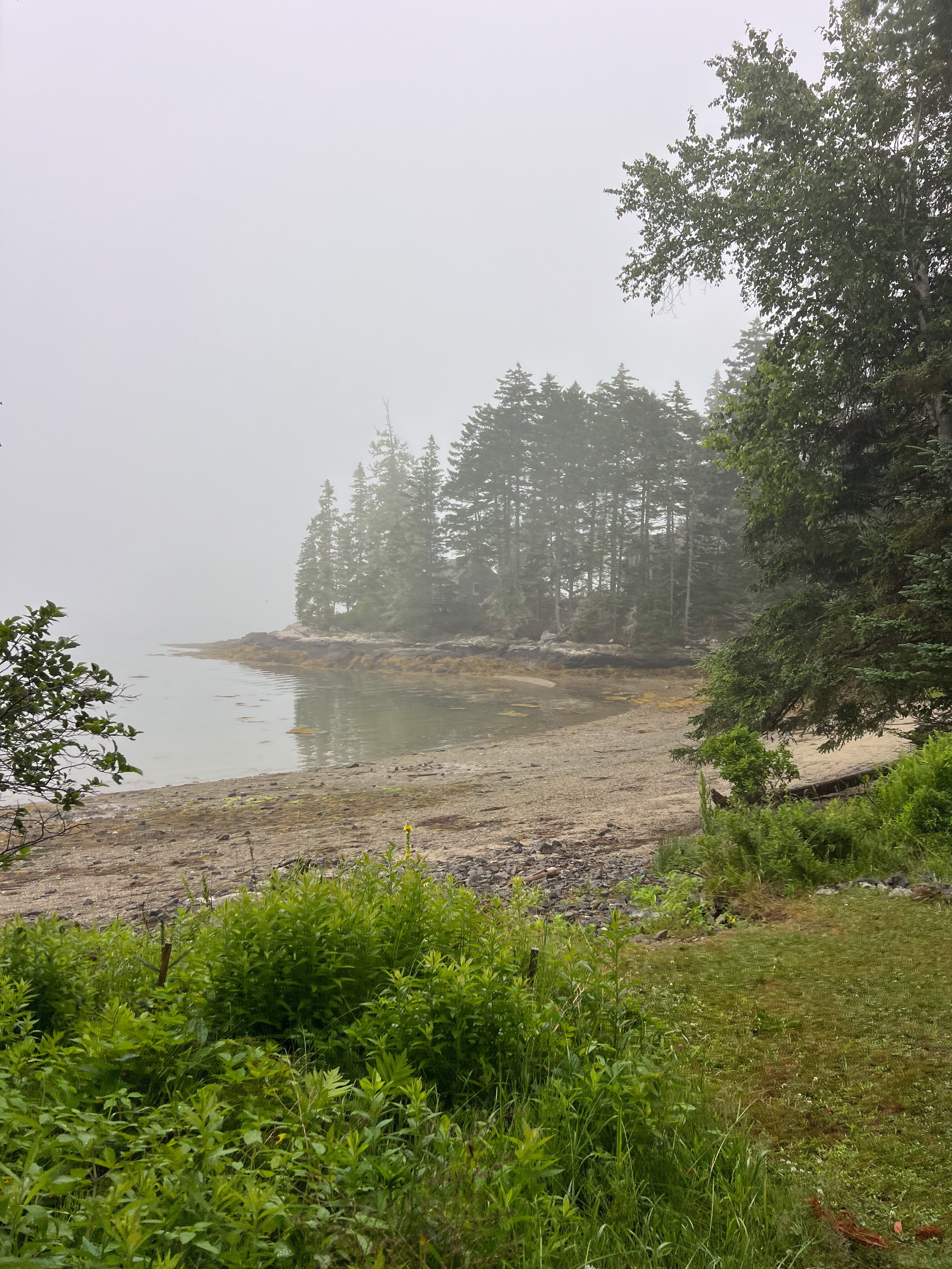Florida Birding Adventure — April 1-6, 2025
Ever been mobbed by a gang of Boat-tailed Grackles while trying to bird from your car? We have — and that was just the first morning. From gators charging our airboat to Scrub Jays landing on our heads, the MYBC coordinators’ Florida adventure was full of sunshine, surprises, and 99 spectacular bird species.
Here’s a glimpse of what the week looked like, one unforgettable stop at a time.
April 1 – Merritt Island NWR, Black Point Wildlife Drive, and St. John’s River NWR
We kicked off our adventure with a Florida favorite: Black Point Wildlife Drive. The local legend, Gary the Boat-tailed Grackle, is famous for landing on cars that stop along the route. Turns out Gary is more of a brand than an individual. At one point, we had two bold Boat-tailed Grackles eyeing us from the hood while a third tap-danced on the roof. We’re pretty sure one even gave us side-eye when we didn’t offer snacks.
The birding was fantastic. We picked up 39 species on this 7-mile drive, including 35 Double-Crested Cormorants, 15 Boat-tailed Grackles, 13 Tricolored Herons, 11 White Ibis, 9 Common Gallinules, and 9 Green Herons. Other notable species along the route were Great and Snowy Egrets, Great Blue Herons, Little Blue Herons, Pied-Billed Grebes, Anhingas, Glossy Ibis, Black-necked Stilt, Eastern Meadowlark, and Reddish Egret. We all added a ‘lifer’ when we saw a pair of Common Ground Doves.
That afternoon, we headed over to Christmas, Florida for an unforgettable airboat tour on the St. John’s River. Over the course of an hour, we saw more than 100 alligators, basking along the riverbanks like sunbathers at an all-inclusive resort. Each time we rounded a bend, they exploded into motion — a frenzy of splashing tails and scaly bodies stampeding straight toward the boat. At first it felt like an ambush, but we eventually realized they weren’t charging at us. Startled by the airboat’s fan, they were instinctively making a break for deeper water — which was usually right where we were.
Amid the excitement, we added several new species to our trip list including Black Skimmer, Forster’s Tern, Caspian Tern, Sandhill Crane, Least Sandpiper, Cattle Egret, Black Vulture, Greater Yellowlegs, Bald Eagles (5 of them!), and White Pelican.
April 2 – Canaveral National Seashore, Bairs Cove, and Jetty Park
We stopped at the Merritt Island temporary visitor center to see a female Painted Bunting, a Common Yellowthroat, and a Palm Warbler before moving on to Canaveral National Seashore. Just before we entered the reserve, we spotted a feral sow and piglets by the roadside.
Driving the refuge road, we rounded a bend and saw our first Roseate Spoonbills of the trip! We squealed louder than the piglets – and probably louder than the Spoonbills too. It was a full-on bird nerd fan-girl moment.
The Spoonbills were in good company, with lots of Snowy Egrets, Great Egrets, White and Glossy Ibis, Tricolored Herons, Anhingas, and a single Wood Stork. Brown Pelicans soared overhead, looking very much like a squadron of fighter jets.
A quick beach walk added Sanderling, Ruddy Turnstone, Willet, and Herring Gull to our growing trip list, and a turnout next to an inlet gave us great views of a large raft of 30+ American Coot and a smaller group of 8 Blue-Winged Teal.
We drove along the shore road and pulled into a parking lot where an Osprey was sitting on top of a signpost with a freshly caught fish. We used the car as a blind and got some amazing close-up photos and video as the bird enjoyed an early lunch. On the way out of that same lot, a Black Vulture did some stretching and yoga poses for us on another post. The drive out of the refuge gave us two more species for our trip list: a Mottled Duck and a Bonaparte’s Gull.
As we were leaving Canaveral National Seashore, Brit had just mentioned wanting to see a Gopher Tortoise when, as if summoned, one appeared crossing the road. With vehicles approaching from both directions, Brit sprang into action, jumping out to guide the tortoise to safety while Laurie repositioned our car to shield them from oncoming traffic. A reminder that sometimes birding trips turn into broader wildlife rescue operations! The tortoise, seemingly unfazed by all the commotion, plodded safely into the grass and continued on its way.
The next two stops weren’t very birdy, but we spent some time watching a large pod of Manatees foraging in Bairs Cove, and saw at least a half dozen Green Sea Turtles bobbing in the surf along the jetty at Jetty Park. As we made our way back to our Airbnb that afternoon, we spotted an Indian Peafowl and several Eurasian Collared Doves.
April 3 – Viera Wetlands, Cruickshank Sanctuary, and Orlando Melbourne Airport
We got a quick glimpse of a Barred Owlet playing hide-and-seek from a nesting cavity and a Black-crowned Night Heron peeking out from the brush at Viera Wetlands. During our walk around the pond, we also saw Savannah Sparrows, Marsh Wrens, Common Yellowthroats, Black-necked Stilts, and Palm Warblers. A cooperative Sandhill Crane stole the show, foraging right beside the trail as our shutters clicked like paparazzi.
Later that morning, we visited Helen & Allan Cruickshank Sanctuary, where we met a bird bander working with the park’s Florida Scrub Jays. He warned us to wear hats — the birds are notorious for landing on heads. We laughed... and then laughed harder when each of us became a perch for a bold Scrub Jay.
We’d seen a report of a Burrowing Owl (one of our target birds) at the Orlando Melbourne International Airport, so we cruised around looking for the landmarks noted in the eBird checklist. We didn’t find the owl, but did spot four Loggerhead Shrikes.
April 4 – Fellsmere Grade Recreation Area and Sebastian Inlet State Park
The rookery at Fellsmere Grade Recreation Area was loud, busy, and beautiful. Snowy and Great Egrets, Cattle Egrets, Little Blue Herons, and Roseate Spoonbills all had active nests. Why do heron and egret nestlings look so much like Muppet Babies? The Spoonbills gathered branches from the base of a boat ramp, much to the delight of birders and photographers waiting for a close-up.
Near the boat ramp, we spotted a Peter’s Rock Agama, a striking non-native lizard that sports a vivid orange head and electric blue body. We watched, fascinated, as it performed what looked like push-ups – a territorial display for defense and attracting mates. Introduced from East Africa in the 1970s as escaped pets, these acrobatic lizards use powerful legs to jump between branches and scale vertical surfaces with specialized toe pads. We would see several more throughout our travels.
A short walk from the boat ramp got us up close and personal with dozens of Turkey Vultures and Black Vultures, Cattle Egrets hunting for dragonflies in the grass, and a very photogenic Limpkin. Eastern Meadowlarks were singing from the grassy fields, and Red-Bellied Woodpeckers were calling from the trees. As we were leaving, a Swallow-tailed Kite flew overhead.
That afternoon at Sebastian Inlet State Park, several Royal, Caspian, and Forster’s Terns watched from the sky as Brown Pelicans, Cattle Egrets, and a Wood Stork kept a close eye on group of fishermen, no doubt hoping to snag a snack. And then, soaring overhead – a Magnificent Frigatebird, another of our target birds.
April 5 – Blue Cypress Lake and Back to Sebastian Inlet
We spent a fabulous morning cruising Blue Cypress Lake with a local photographer. A Red-shouldered Hawk greeted us at the dock as we boarded our pontoon boat before sunrise. There were literally hundreds of Osprey nesting in the lake’s cypress trees, but no chicks yet. An opportunistic Peregrine Falcon perched nearby, watching the Ospreys. We saw dozens of Black Vultures and Double-Crested Cormorants, along with a handful of Fish Crows and Great Egrets. We heard Northern Parula, Tufted Titmouse, and American Redstart calling from the shore, and on our way to lunch we saw a Wild Turkey and another Swallow-tailed Kite.
We returned to Sebastian Inlet and spent a couple of hours on the pier hoping to photograph diving birds. We added a Red-breasted Merganser and two more Magnificent Frigatebirds to our count.
April 6 – Back to Fellsmere Grade Recreation Area and T.M. Goodwin Broadmoor Unit
Later that day, we returned to Fellsmere and finally added Black-bellied Whistling Ducks to our list. On our way out, we drove through part of the Broadmoor Unit at T.M. Goodwin hoping to see Snail Kites. No kites, but we were rewarded with four Purple Gallinules chasing each other through the vegetation. On our way back from dinner that evening, we spotted a nesting Sandhill Crane who stood up to show us her two eggs, not feeling threatened as were a fair distance away on the other side of a fence. We were about a week too early to see chicks – next time we’ll choose our dates more carefully!
The Final Tally
Total Species: 99
Checklists submitted: 30
Target Birds Seen: Roseate Spoonbill, Magnificent Frigatebird, Purple Gallinule, Black-bellied Whistling Duck, Florida Scrub Jay, Painted Bunting
Species Missed: Burrowing Owl, Snail Kite, Crested Caracara, Red-cockaded Woodpecker, Tropical Kingbird, American Flamingo, Baby Sandhill Cranes (we saw eggs… does that count?)
Lifers: Marion 34, Brit 21, Laurie 11
Back in cold, rainy Maine, we’re already dreaming of sunshine, Spoonbills, and Scrub Jays – and hoping the weather improves before our next MYBC outing.




























